AI Companies
AI HOW AI IS WORKING TO ENHANCE THE METAVERSE




ETHICAL AI

Organisations must consider the ethics of AI to avoid a ‘trust gap’


AI Companies
AI HOW AI IS WORKING TO ENHANCE THE METAVERSE




ETHICAL AI

Organisations must consider the ethics of AI to avoid a ‘trust gap’

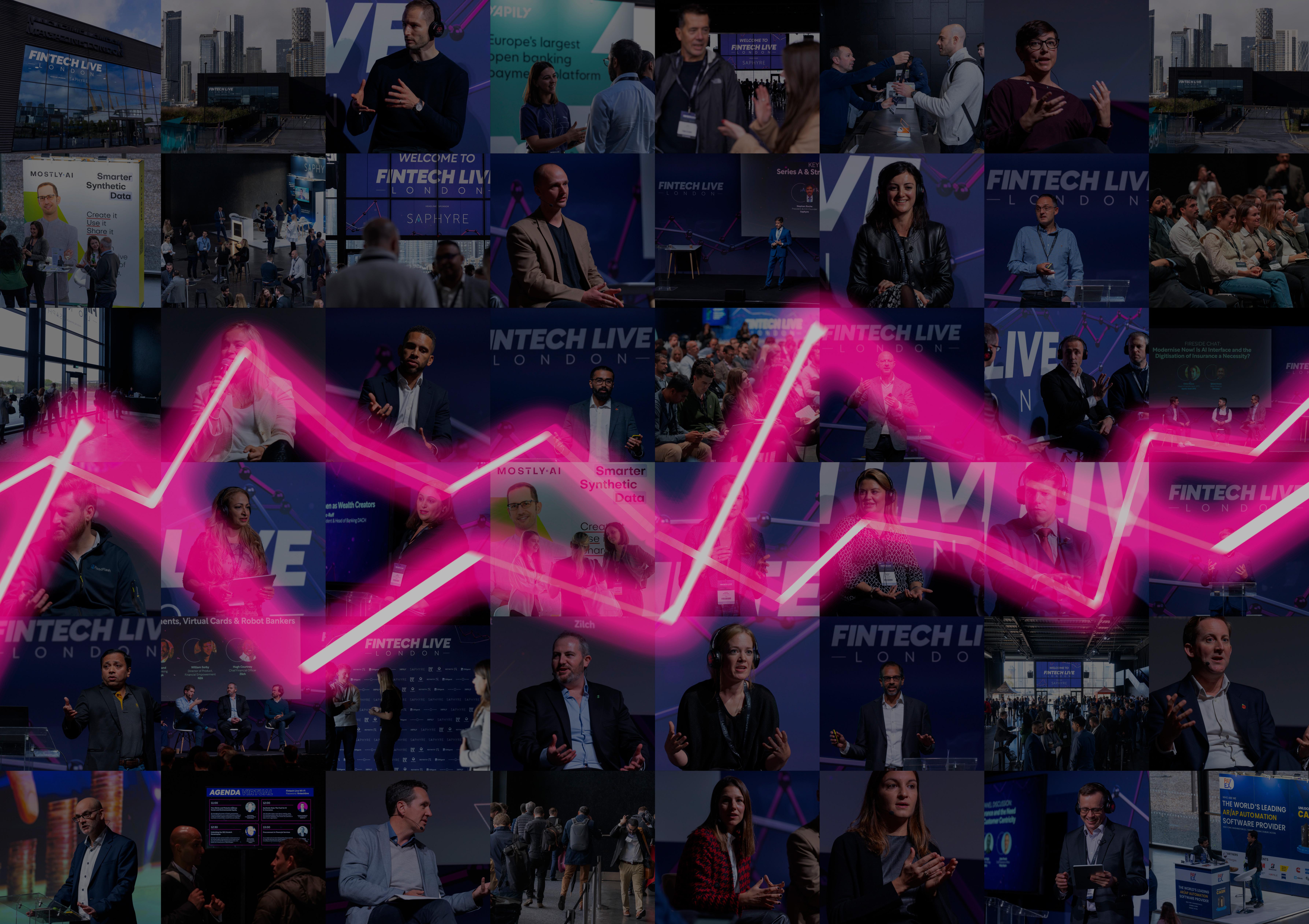
8 - 9 November 2023
QEII Centre, London
SPONSORSHIPS GET YOUR PASS



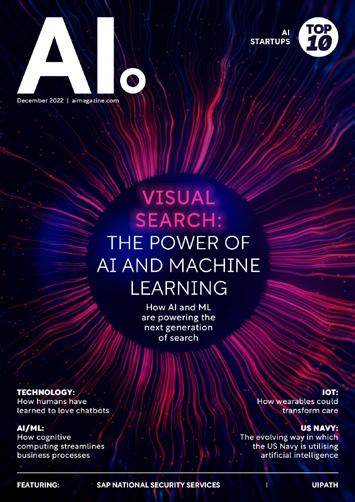
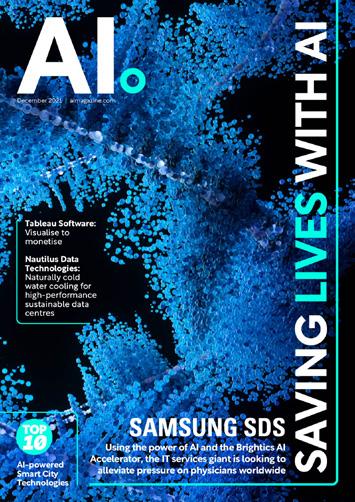
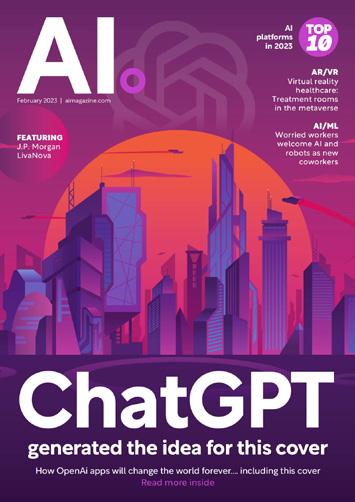


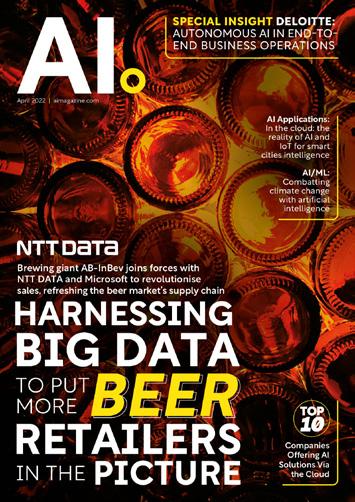





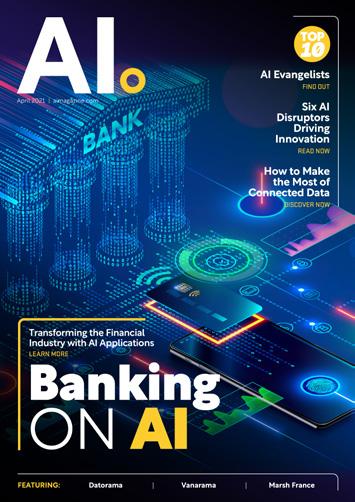






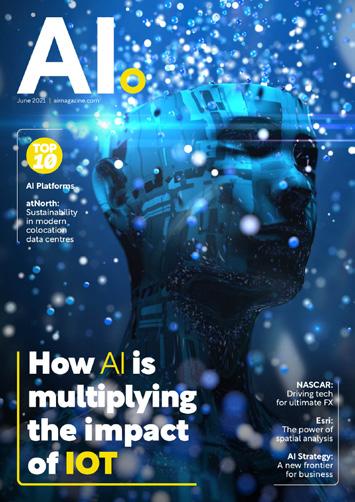
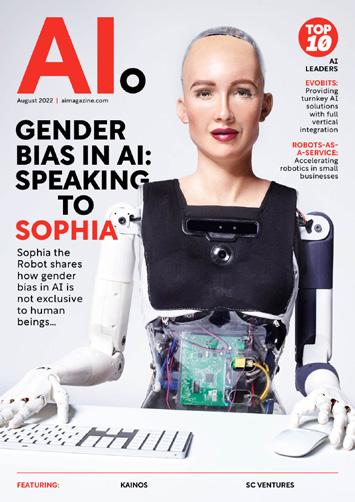




























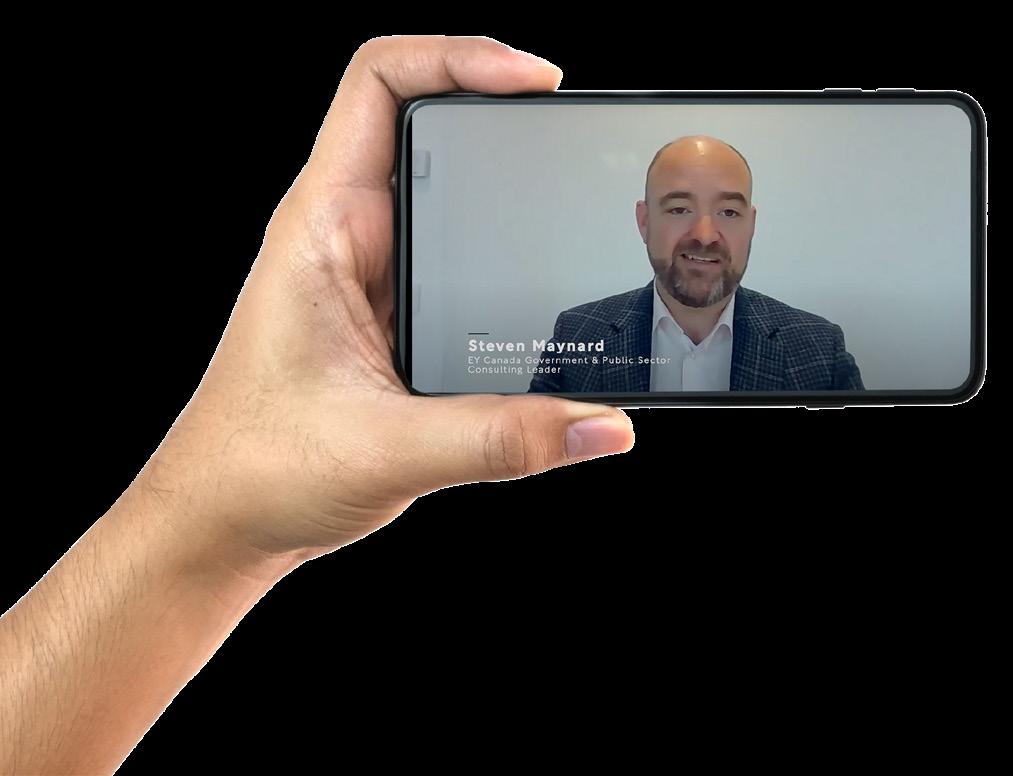
AI magazine is an established and trusted voice with an engaged and highly targeted audience of 33,000 global executives

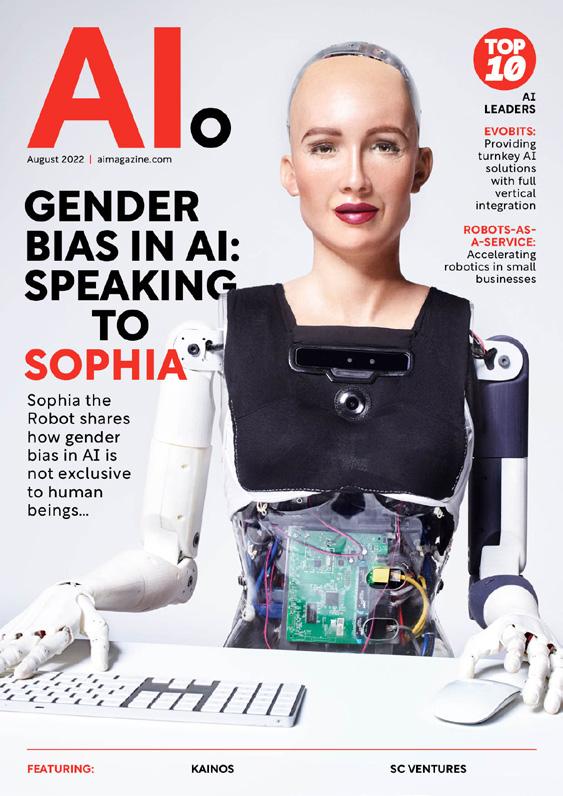








Digital Magazine
Website
Newsletters
Industry Data & Demand Generation
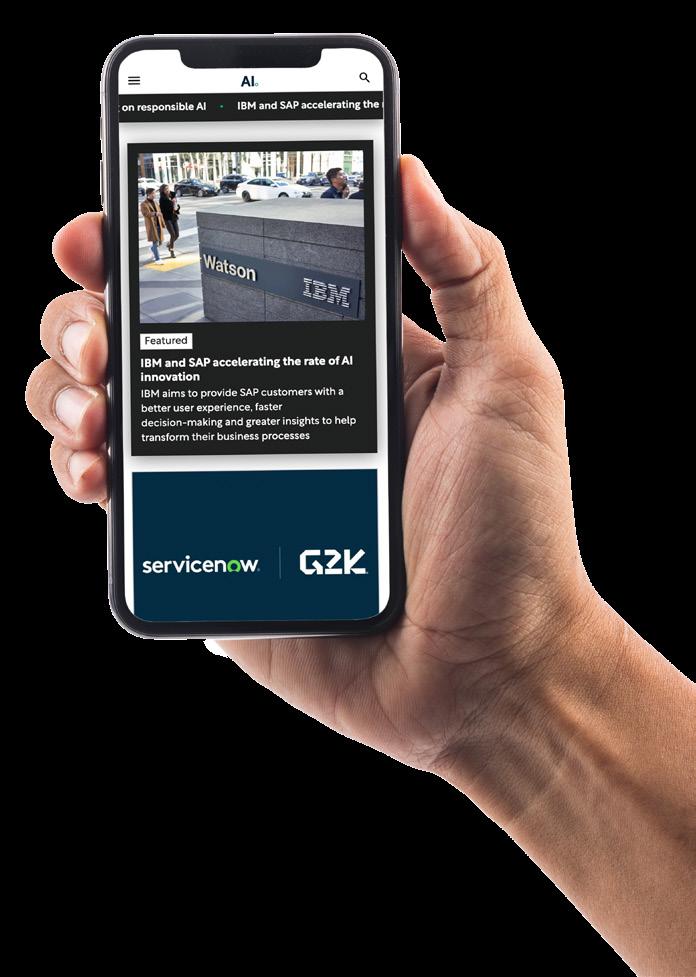

Webinars: Creation & Promotion
White Papers & Research Reports
Lists: Top 10s & Top 100s
Events: Virtual & In-Person
WORK WITH US

EDITOR-IN-CHIEF
MARCUS LAW
CHIEF CONTENT OFFICER
SCOTT BIRCH
HEAD OF MULTIMEDIA
NEIL PERRY
CHIEF DESIGN OFFICER

MATT JOHNSON
HEAD OF DESIGN
ANDY WOOLLACOTT
LEAD DESIGNER
REBEKAH BIRLESON
Never

SENIOR DESIGNERS
REBEKAH BIRLESON
SAM HUBBARD
FEATURE DESIGNERS
MIMI GUNN
SOPHIE-ANN PINNELL
HECTOR PENROSE
JULIA WAINWRIGHT
VICTORIA CASEY
ADVERT DESIGNERS
DANILO CARDOSO
CALLUM HOOD
ADRIAN SERBAN
VIDEO PRODUCTION
MANAGER
KIERAN WAITE
JOIN
SENIOR VIDEOGRAPHER
HUDSON MELDRUM
DIGITAL VIDEO PRODUCERS
ERNEST DE NEVE
THOMAS EASTERFORD
DREW HARDMAN
SALLY MOUSTAFA
PRODUCTION DIRECTORS
GEORGIA ALLEN
DANIELA KIANICKOVÁ
PRODUCTION MANAGERS
JANE ARNETA
MARIA GONZALEZ
YEVHENIIA SUBBOTINA
KENDRA LAU
MARKETING MANAGER
DAISY SLATER
PROJECT DIRECTORS
THOMAS LIVERMORE
TOM VENTURO
MEDIA SALES DIRECTOR
JAMES WHITE
MEDIA SALES
JASON WESTGATE
MANAGING DIRECTOR
LEWIS VAUGHAN
CEO


Organisations must take steps to ensure the ethical development of AI, or risk facing an ‘AI trust gap’
As the adoption of AI globally continues to accelerate, never has the issue of how to ensure ethical use of AI been more prominent.
Generative AI clearly offers game changing benefits, but the technology is not without its risks either. As explained by QuantumBlack - McKinsey & Company’s AI consultancy arm - technology leaders must design their teams and processes to mitigate those risks from the start: not only to meet fast-evolving regulatory requirements but also to protect their business and earn consumers’ digital trust.
This is reflected by research by Salesforce, which found that without taking action businesses could soon see what it describes as an ‘AI trust gap’ with customers. As brands increasingly adopt AI to increase efficiency and meet rising customer expectations, nearly threequarters of respondents said they are concerned about the unethical use of the technology.
Ultimately, AI technology should always be based on transparency and compliance: not only in legal and technical standards but also with the highest ethical values.
marcus.law@bizclikmedia.com

“AI technology should always be based on transparency and compliance”
12 BIG PICTURE Identifying AI-generated mages with SynthID

16 INTERVIEW WITH... Manuj Desai, Global CIO at STL
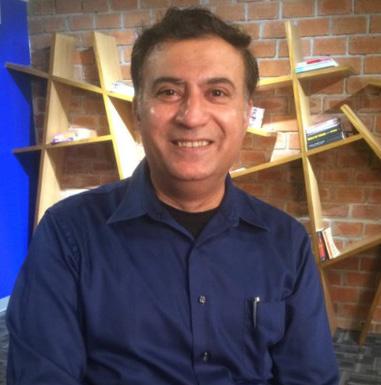
20 LIFETIME OF ACHIEVEMENT
Rana El Kaliouby, Co-founder & CEO at Smart Eye


26 TOP 1 0 AI companies
38 CLAROTY
Procurement at Claroty at the forefront of business success
62 AI
AI is helping to enhance the metaverse


70 OKADA MANILA
How Okada Manila is taking full advantage of the AI boom


92 IOT
The need for ethical AI to avoid a trust gap with customers
THE TOP 100 COMPANIES IN TECHNOLOGY READ NOW




























IMAGE: Google DeepMind

In partnership with Google Cloud, Google DeepMind recently launched a beta version of SynthID, a tool for watermarking and identifying AI-generated images. This technology embeds a digital watermark directly into the pixels of an image, making it imperceptible to the human eye, but detectable for identification.

TITLE: GLOBAL CIO
COMPANY: STL
LOCATION: INDIA
Manuj Desai has over 20 years of experience in the IT and technology space, having extensively worked in the architecture, product development, analytics, automation, digitisation and data science domains. In his earlier roles, Desai has been associated with companies like Paypal, AIG, USDA, Amedisys and Sprint, across the US, Canada, and India. He completed his degree in Computer Engineering from Mumbai University and has a Master’s certificate in Project Management from George Washington University.
AI continues to explode in popularity across global businesses and creating new challenges for executives to keep up-to-date with the latest developments. It can also be challenging for industry leaders to prioritise which AI systems to implement.

This month, AI Magazine speaks with Manuj Desai, Global CIO of STL. With more than 20 years of experience in product development, business operations and strategy, Desai is responsible for analytics, visualisation, automation and digitisation to enable STL’s digital transformation across multiple business units.
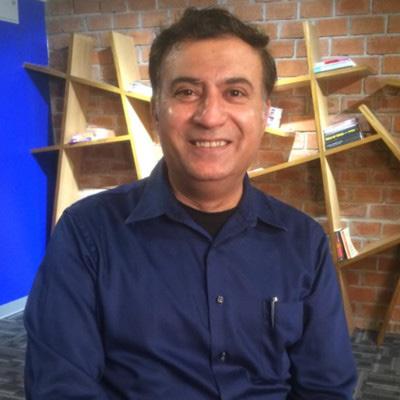
STL’s Global CIO, discusses the impact of AI and how businesses can leverage its power for business transformation

Here, he speaks on the importance of business professionals being able to harness the full potential of AI. He also discusses responsible AI and how other CIOs can ensure that they are enacting digital transformation efforts in a powerful and ethical way.
» The rise of AI tools like OpenAI, BARD along with the push for Artificial General Intelligence (AGI) has sparked enthusiasm in the industry, with experts projecting significant growth. UBS Global Wealth Management forecasts a 20% annual

growth rate, reaching a US$90bn market value by 2025. However, I believe advancements in machine learning and generative AI may exceed expectations, leading to faster expansion.
CIOs not only remain the gatekeepers of an organisation’s technology infrastructure, but are also responsible for strategic planning, budgeting, implementing IT transformation initiatives, safeguarding data storage, and implementing robust cyber defences. And now, in 2023, we’re blazing trails of innovation – turbocharging operational efficiency, and supercharging data-based decision-making processes.
WRITTEN BY: AMBER JACKSONHowever, data security is crucial and CIOs must implement the necessary security measures. Collaboration with legal teams ensures compliance, while data governance sets standards, cleansing procedures, and validation mechanisms. As the world’s use of AI matures, CIOs should leverage existing platforms to make data more meaningful for respective organisations to consume.
The dynamic nature of this technology is most helpful as it ensures adaptability to changing environments. It can learn from new data, adjust its algorithms, and optimise performance based on changing circumstances. Businesses can stay agile, respond to market shifts, and deliver more personalised experiences to customers.
AI technologies are highly scalable, meaning businesses can handle increasing volumes of data and complex tasks without significant resource constraints.
» AI’s dynamic nature can introduce bias if trained on biased or incomplete data. CIOs should ensure fairness by promoting transparency, accountability, and ethical AI practices. Collaboration with experts will help identify and mitigate bias. Adopting explainable AI techniques would enhance trust and regulatory compliance. Interpretable models and frameworks would aid in understanding and communicating AI outputs. Ethics committees would oversee initiatives, ensuring adherence to guidelines. Deployment or the process of implementing and integrating AI solutions is where we get into real-world applications. AI deployment can unlock new insights,

uncover hidden patterns, and drive disruptive solutions, helping organisations stay ahead of the competition.
However, deployment can also pose ethical challenges, with CIOs playing a key role in establishing ethical guidelines and frameworks. This may introduce significant changes in workflows, job roles, and organisational processes.
» According to recent statistics, businesses with CIOs who embrace digital transformation are one-and-a-half times more likely to experience substantial revenue growth.

These leaders understand that sitting on the fence or burying their heads in the sand is a recipe for disaster.
Instead, they seize the bull by the horns, driving initiatives that propel their organisations to new heights. In fact, 82% of organisations with CIOs who embrace digital transformation report increased operational efficiency.
I encourage all my fellow CIOs to craft an AI strategy blueprint that encapsulates your company’s vision for the technology. It should pinpoint advocates for AI initiatives and guarantee precise measurement of key KPIs. By ingraining conscientious AI practices within your organisation, treating them as fundamental rather than an afterthought, CIOs can start mastering AI before it starts to master them.



Scientist, entrepreneur, angel investor, author, and AI thought leader Rana el Kaliouby is an Egyptian-American Scientist who co-founded Affectiva, a software company that built AI with an understanding of human emotions, cognitive states, activities and the objects people use.
Dedicated to the ethical development and deployment of AI, el Kaliouby is part of the Partnership of AI and the World Economic Forum’s Council of Young Global Leaders, driven by her passion for advocating for standards that ensure data privacy and mitigate both data and algorithmic bias.
A leader in the field of AI, el Kaliouby was Co-founder and CEO of Affectiva – an MIT spin-off and category-defining AI company – before it was acquired by Smart Eye in June 2021, and created the category of Emotion AI and grew the company to be a leading AI innovator. Today, she serves as its Deputy CEO.
Prior to founding Affectiva, she was a research scientist at MIT Media Lab where she spearheaded the applications of emotion recognition technology in a variety of fields, including mental health and autism research.

As el Kaliouby explained in an interview with Forbes, the idea being Affectiva came from her experiences communicating through technology.
“My education and career pursuits led me to Cambridge and later MIT, which meant I spent a lot of time in front of devices communicating with family back home,” she explained.
“There was very little face-to-face interaction and what struck me is that, although I was in constant touch with family and friends through technology, it was almost impossible to have any idea what was going on with my loved ones from an emotional and mental standpoint.
“It became clear to me that the majority of our communication is conveyed through non-verbal cues: facial expressions, tone of voice, and body language. But, for the most part, those signals are lost when we’re on our smartphones and other devices.
“When I got deeper into my research in computer science and AI, it became obvious that technology has a lot of cognitive
TITLE: CO-FOUNDER & CEO
COMPANY: SMARTEYE
LOCATION: UNITED STATES
A pioneer in Emotion AI, Rana el Kaliouby, Ph.D., is Deputy CEO at Smart Eye and formerly, CoFounder and CEO of Affectiva, an MIT spin-off and category defining AI company. Rana realised a successful exit for Affectiva in June 2021 when the company was acquired by Smart Eye, where she has teamed with Martin Krantz, Smart Eye’s CEO, to scale the company to a global AI powerhouse.
Today Deputy CEO of Smart Eye, leading scientist and entrepreneur Rana el Kaliouby grew the company she co-founded, Affectiva, to be a leading AI innovatorRANA EL KALIOUBY

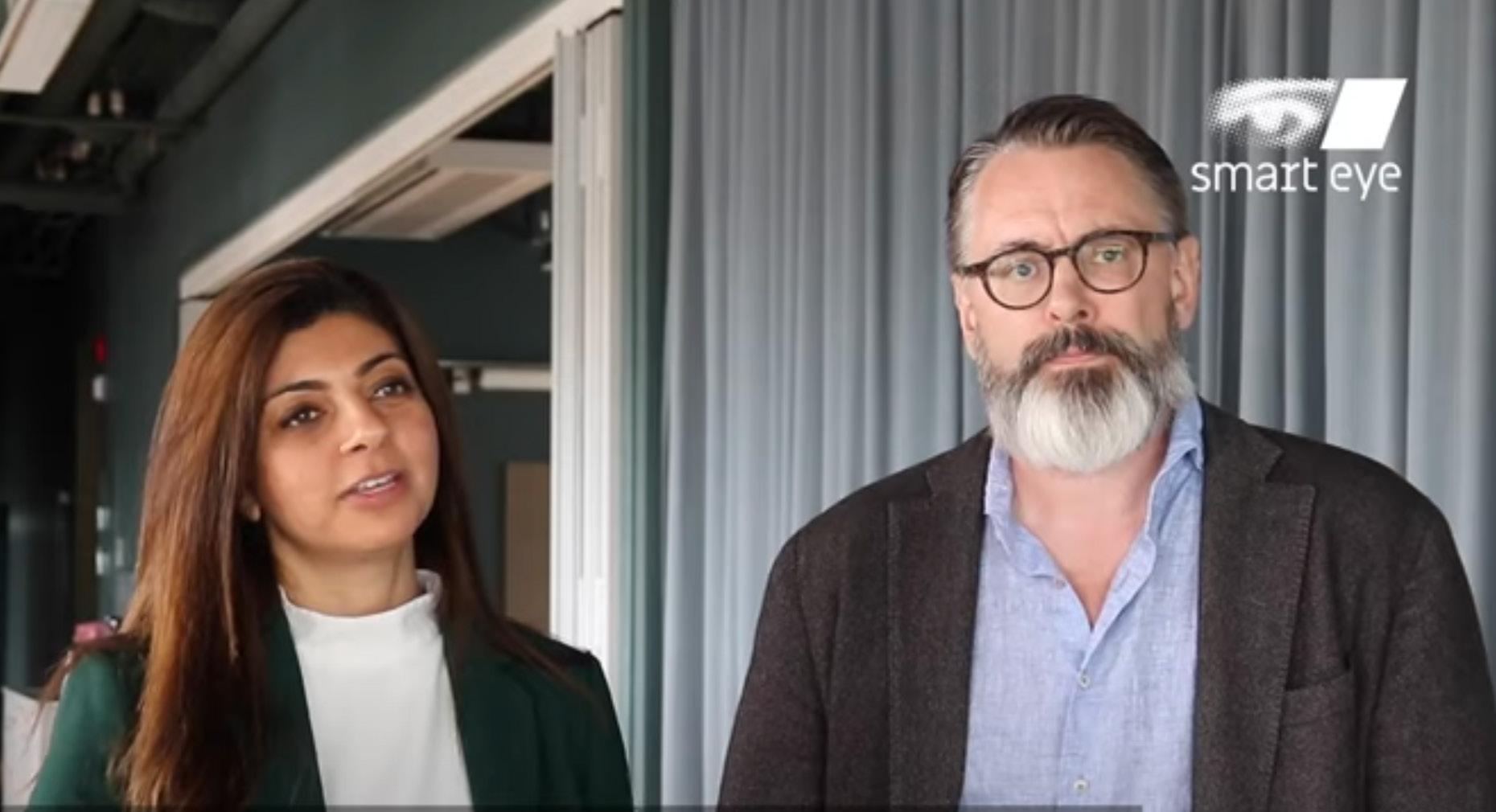
intelligence (IQ), but no emotional intelligence (EQ). This is problematic not only for how we interface with technologies, but how we connect and communicate with one another.”

el Kaliouby is also an executive fellow at the Harvard Business School where she co-teaches about AI and startups. Her bestselling memoir, Girl Decoded: A Scientist’s Quest to Reclaim Our Humanity by Bringing Emotional Intelligence to Technology (Penguin Random House, April 2020), follows el Kaliouby’s personal
journey, growing up in the Middle East and moving to the United States to become an entrepreneur, juxtaposed against her work building Emotion AI.
She raised more than US$50m in venture capital from top-tier investors to bring Affectiva’s Emotion AI, built on deep learning, computer vision, speech science and massive amounts of real-world data, to more than 90 countries and several industries including the automotive industry and media analytics. Furthermore, el Kaliouby has a track record of translating technology innovations into products that address the needs of massive international markets and spearheading the application of Emotion AI to market research, automotive, mental health, autism, conversational interfaces, robotics and education.
“I am very passionate about the ethical development and deployment of AI, including advocating for standards and thoughtful regulation to ensure data privacy and to mitigate data and algorithmic bias,” el Kaliouby says. “To help establish best practices, compliance and regulation for AI ethics, I am part of industry organisations like the Partnership on AI and the World Economic Forum.”
As one of few women at the forefront of an AI company, el Kaliouby is a strong advocate for diversity and inclusion in tech and leadership. To help catalyse change and improve equity industry-wide, she is a member of the Boston Steering Committee for All Raise and a member of the Young Presidents’ Organization (YPO). She is also a Venture Partner of the MIT Media Lab E14 Fund, a Board Member of SIMPEDs at Boston Children’s Hospital, and a Board of Trustees member at the American University in Cairo, the leading liberal arts university in the Middle East.
“ I am very passionate about the ethical development and deployment of AI”




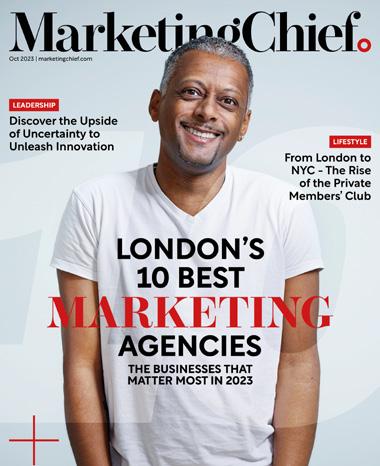




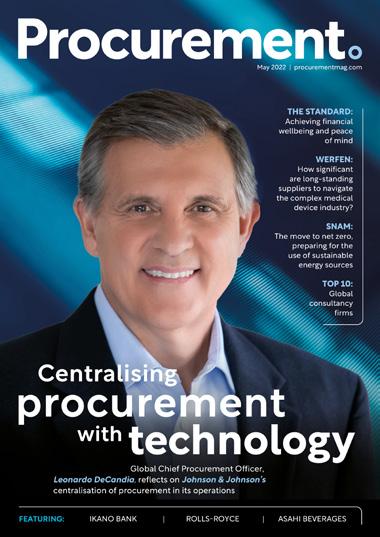





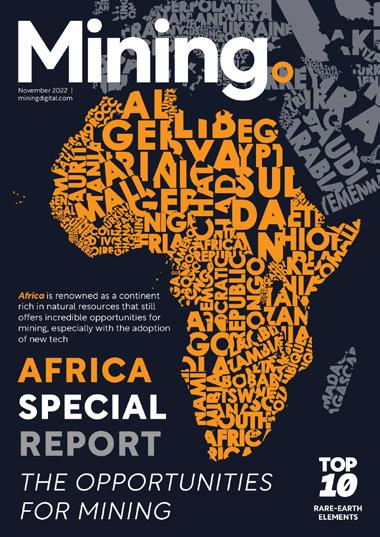




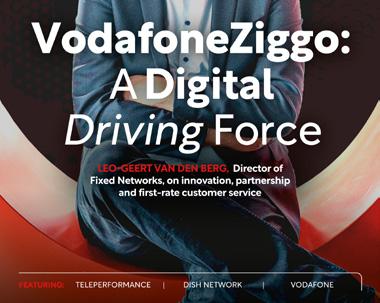
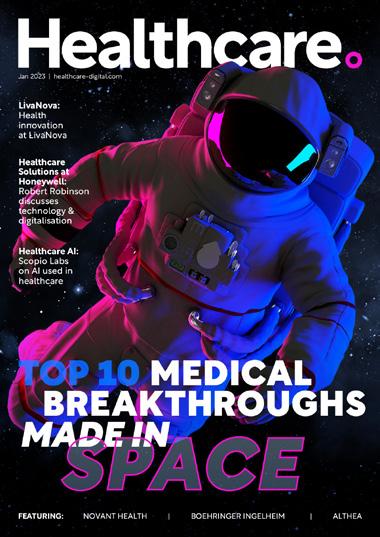



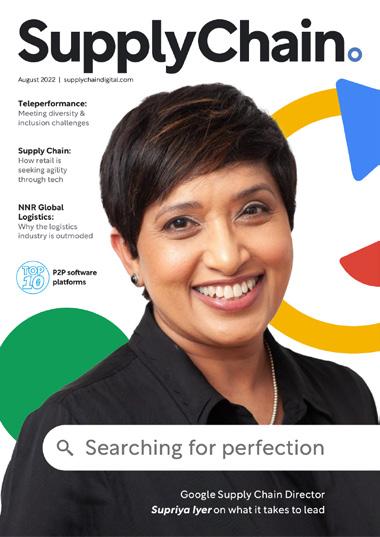












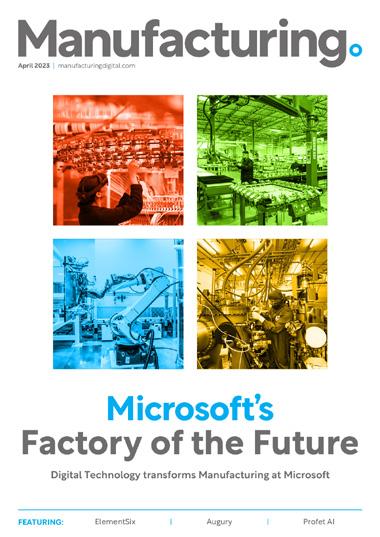


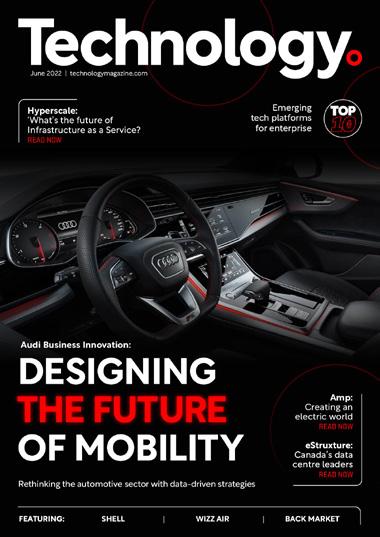
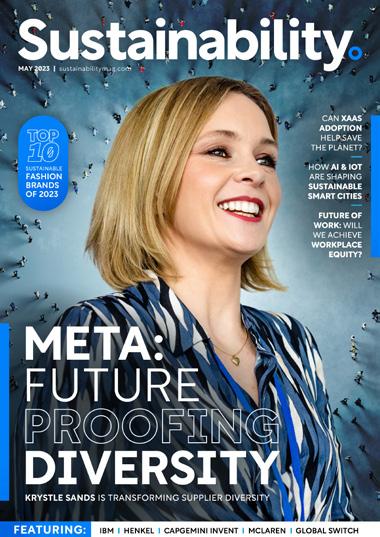





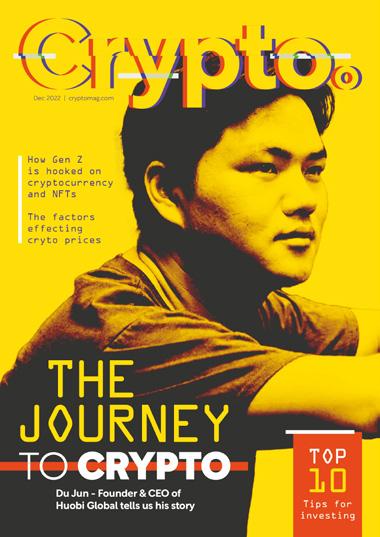
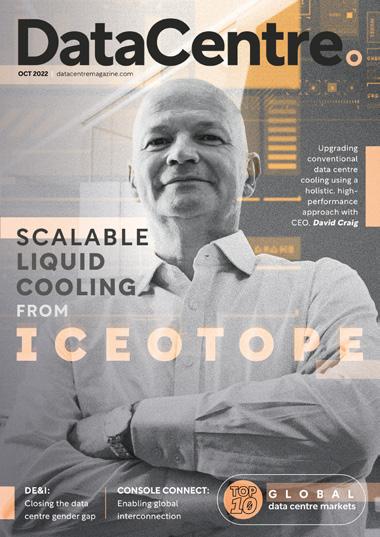








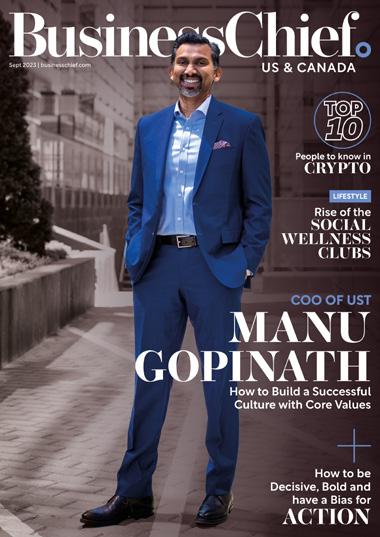
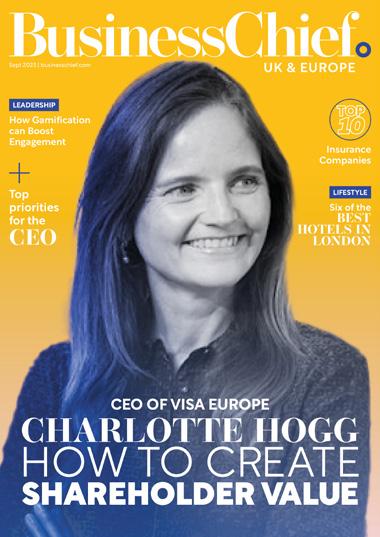


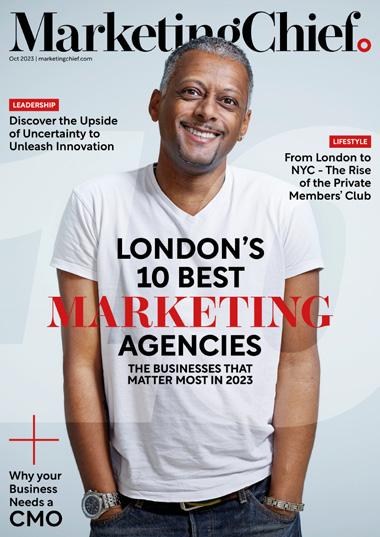

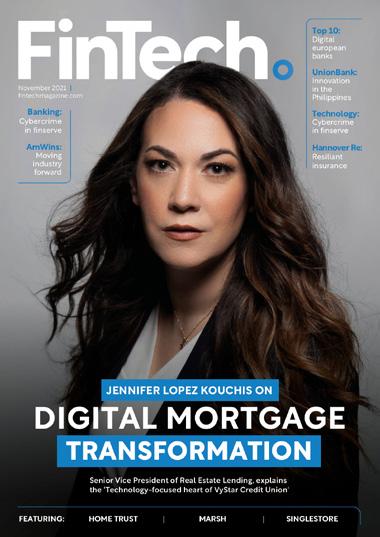

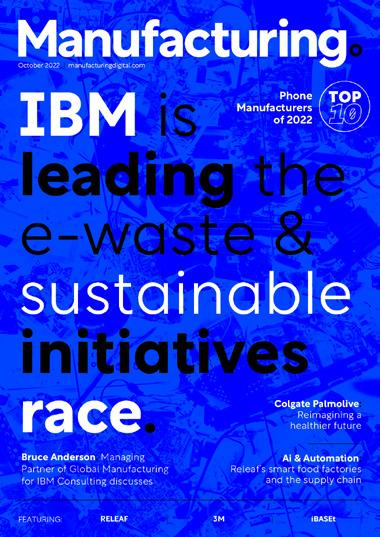



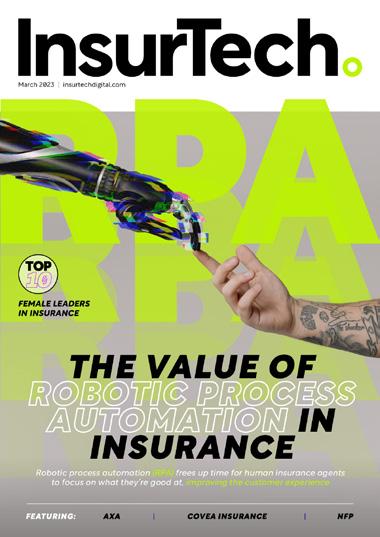

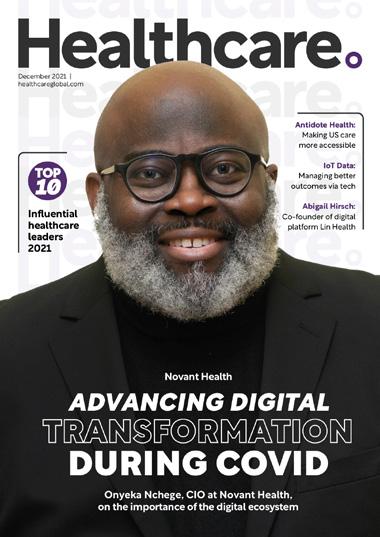


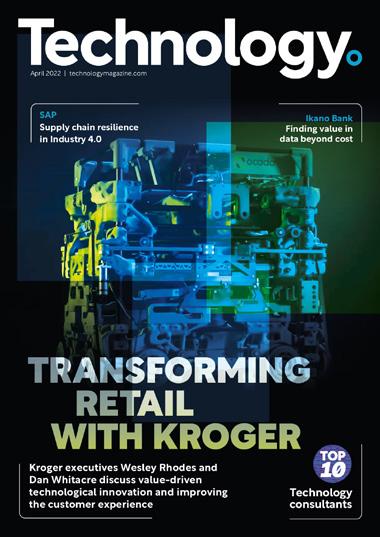
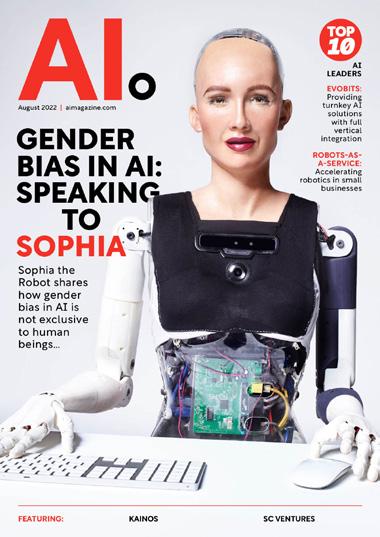
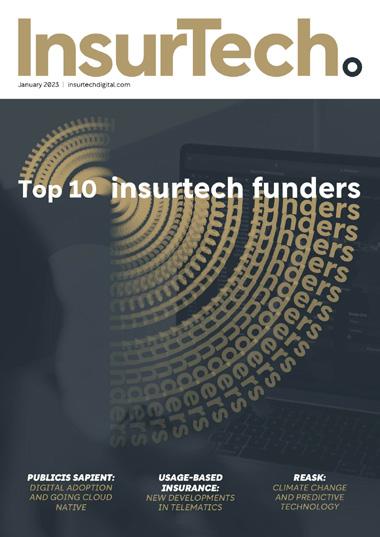




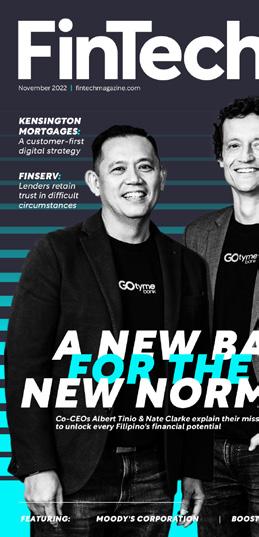
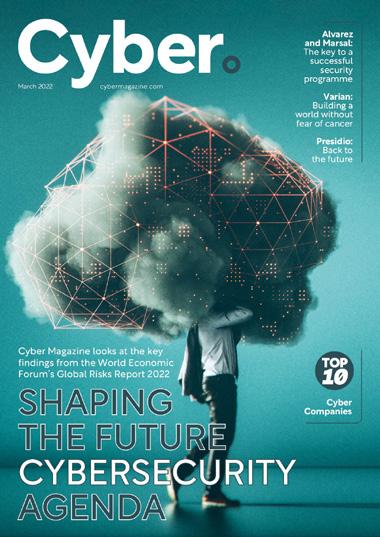


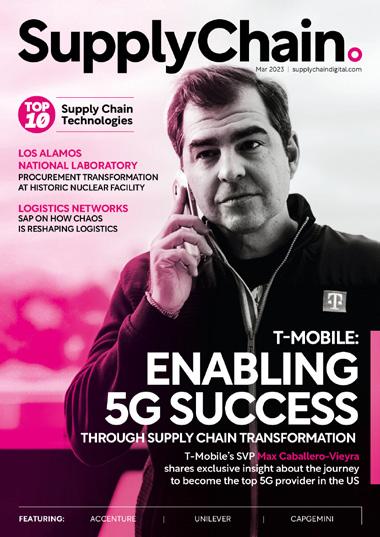



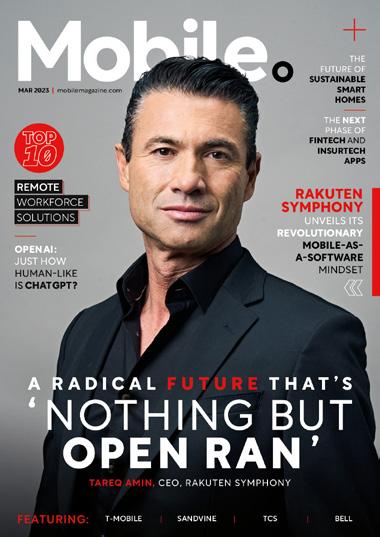


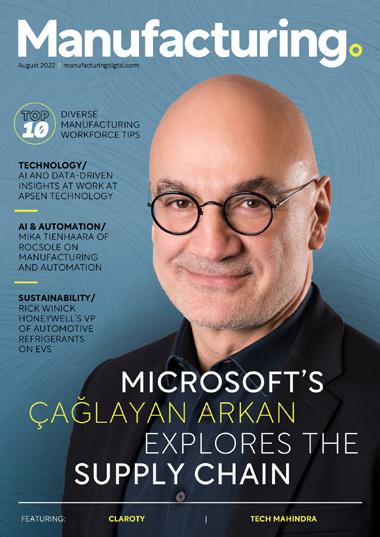
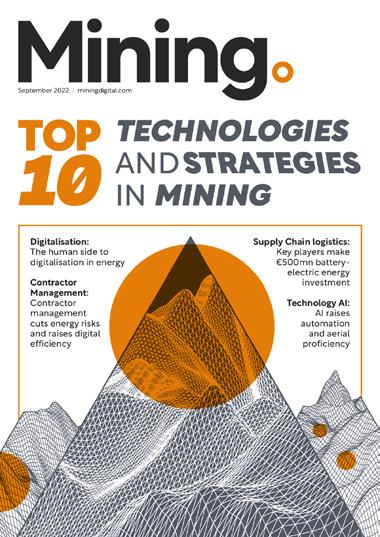



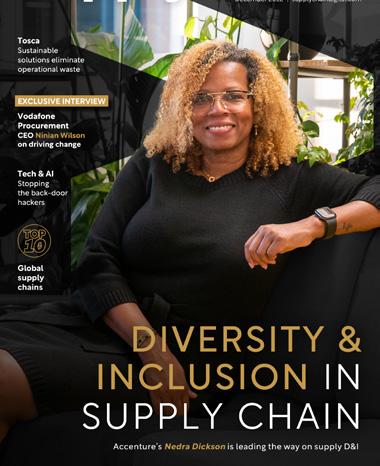









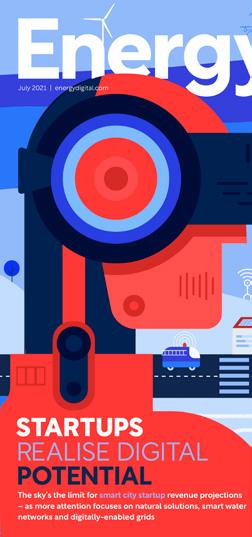




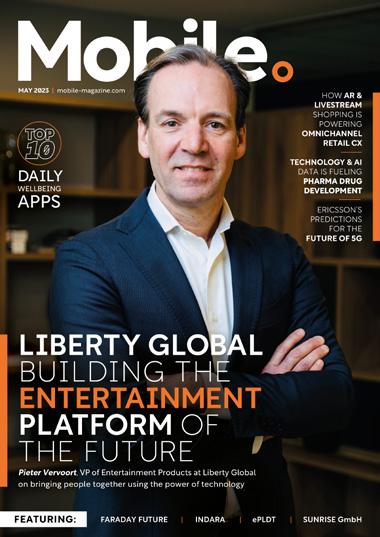
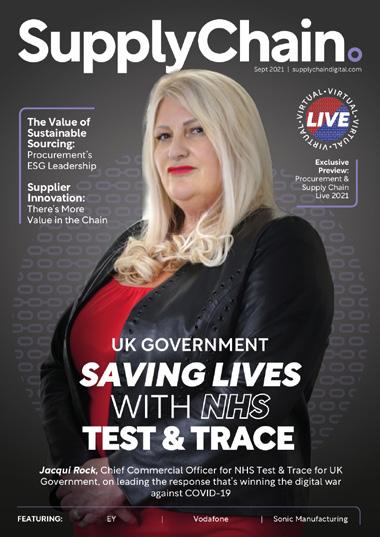
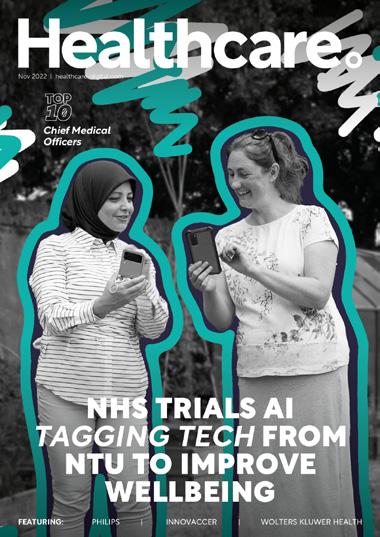




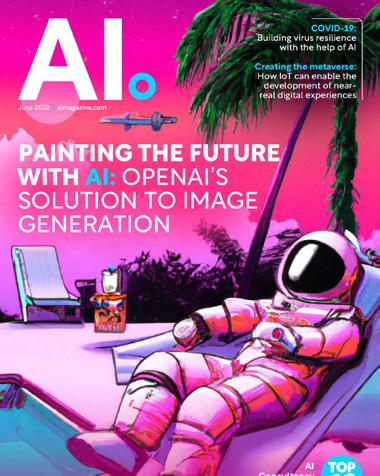





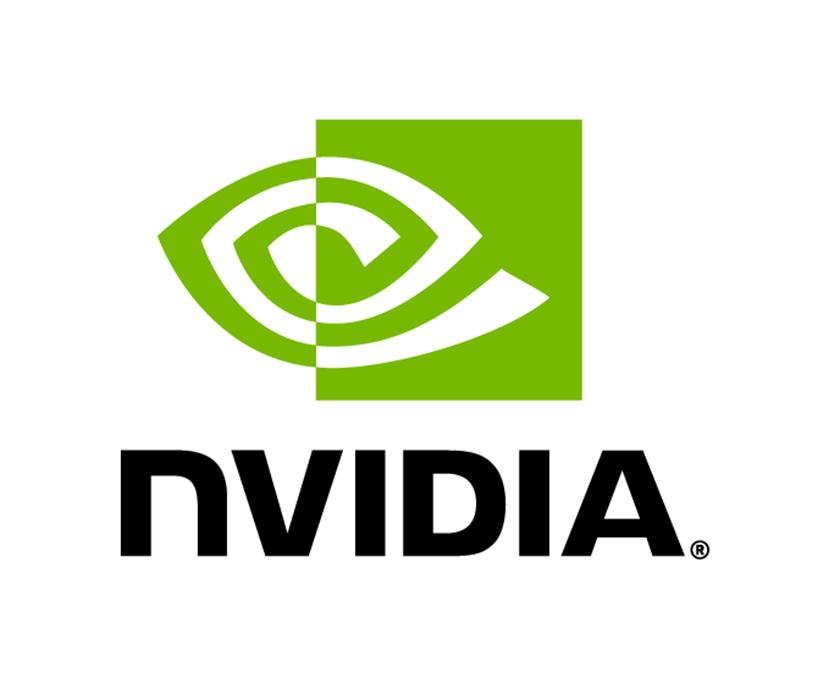




AI looks at the top 10 companies leading the way in the world of artificial intelligence
WRITTEN BY: MARCUS LAWWith topics such as AI an unavoidable subject of discussion in boardrooms around the world, our top companies are at the forefront of innovation: adapting to the rapidly changing landscape and staying ahead of the curve. We look at 10 of the leading AI strategic leadership companies in the world in 2023, based on our sister title Technology Magazine’s Top 100 Companies in 2023.

Google DeepMind is a team of scientists, engineers, ML experts and more, working together to advance the state of the art in AI.
DeepMind’s long term aim is to solve intelligence, developing more general and capable problem-solving systems, known as artificial general intelligence, which could help society find answers to some of the world’s most pressing challenges.
In April 2023 it was announced that DeepMind and the Brain team from Google Research would be joining forces as a single, focused unit.

A cloud technology company that provides organisations around the world with computing infrastructure and software to help them innovate and become more effective, Oracle also created the world’s first – and only – autonomous database to help organise and secure its customers’ data.


Oracle Cloud Infrastructure (OCI) AI Services is a collection of services with prebuilt machine learning models that make it easier for developers to apply AI to applications and business operations. The models can be custom-trained for more accurate business results.

Intel’s mission is to shape the future of technology to help create a better future. By pushing forward in fields like AI, analytics and cloud-to-edge technology, Intel’s work is at the heart of countless innovations.




Founded in 1968, Intel’s technology has been at the heart of computing breakthroughs. An industry leader, it creates world-changing technology that enables global progress and enriches lives, from breakthroughs like self-driving cars and rebuilding coral reefs, to things that make everyday life better like blockbuster effects and improved shopping experiences.

Since its founding in 1993, Nvidia has been a pioneer in accelerated computing. The company’s invention of the GPU in 1999 sparked the growth of the PC gaming market, redefined computer graphics, ignited the era of modern AI and is fueling the creation of the metaverse.
Nvidia is headquartered in Santa Clara, California and has more than 26,000 employees worldwide. Today, it offers the world’s most advanced AI platform with full-stack innovation in computing, software, and AI models and services.
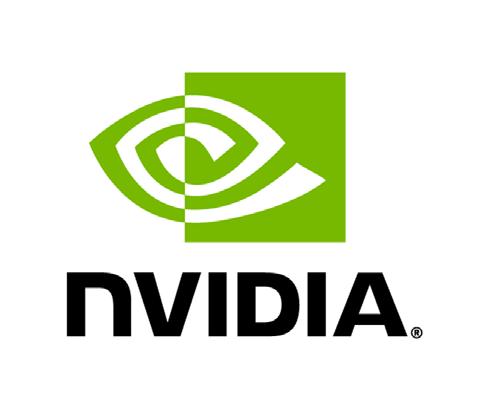
The e2open connected supply chain platform provides the end-to-end visibility and collaboration you need to tackle unpredictability. Build trust and confidence with your channel, supply, logistics, and global trade partners. Take control of supply constraints through direct procurement and meet customer commitments in the face of disruptions and scarcity. The connected supply chain. Moving as

Today, Meta is moving beyond 2D screens toward immersive experiences like augmented and virtual reality to help build the next evolution in social technology. Still led by co-founder Mark Zuckerberg, who serves as Meta’s CEO, the company’s platforms have transformed the way people connect, share information and engage with digital content.

The company has also embarked upon a journey into the world of open generative AI, in July announcing with Microsoft the the availability of Llama 2, the latest generation of its open source large language model.



Founded by Elon Musk, Sam Altman and other investors in 2015, OpenAI is an AI research and deployment company dedicate to ensuring artificial general intelligence benefits all of humanity.
In June 2020, OpenAI announced GPT-3, a language model trained on trillions of words. Its release of ChatGPT last year, and of GPT-4 this year, have accelerated interest in generative AI.
In addition to GPT-powered chatbots, the company is responsible for the DALLE model: an AI system that can create realistic images and art from a description in natural language.


IBM was founded in 1911, making it one of the oldest and most influential players in the industry.
With a focus on enterprise solutions, cloud computing, AI and consulting, IBM has consistently pushed the boundaries of technology.
IBM is a leading provider of global hybrid cloud and AI. Its consulting arm, IBM Consulting, announced this year that it has established a CoE for Generative AI with over 1,000 consultants with specialised generative AI expertise to help transform global clients’ core business processes.
Headquartered in Redmond, Washington and led by CEO Satya Nadella, Microsoft was founded in 1975 by Bill Gates and Paul Allen.

Today, Microsoft’s mission is to empower every person and every organisation to achieve more. The company believes technology can and should be a force for good and that meaningful innovation contributes to a brighter world in the future and today.
The company has also invested heavily in AI – most famously announcing a multi-billion dollar investment into ChatGPT creator OpenAI at the beginning of 2023.
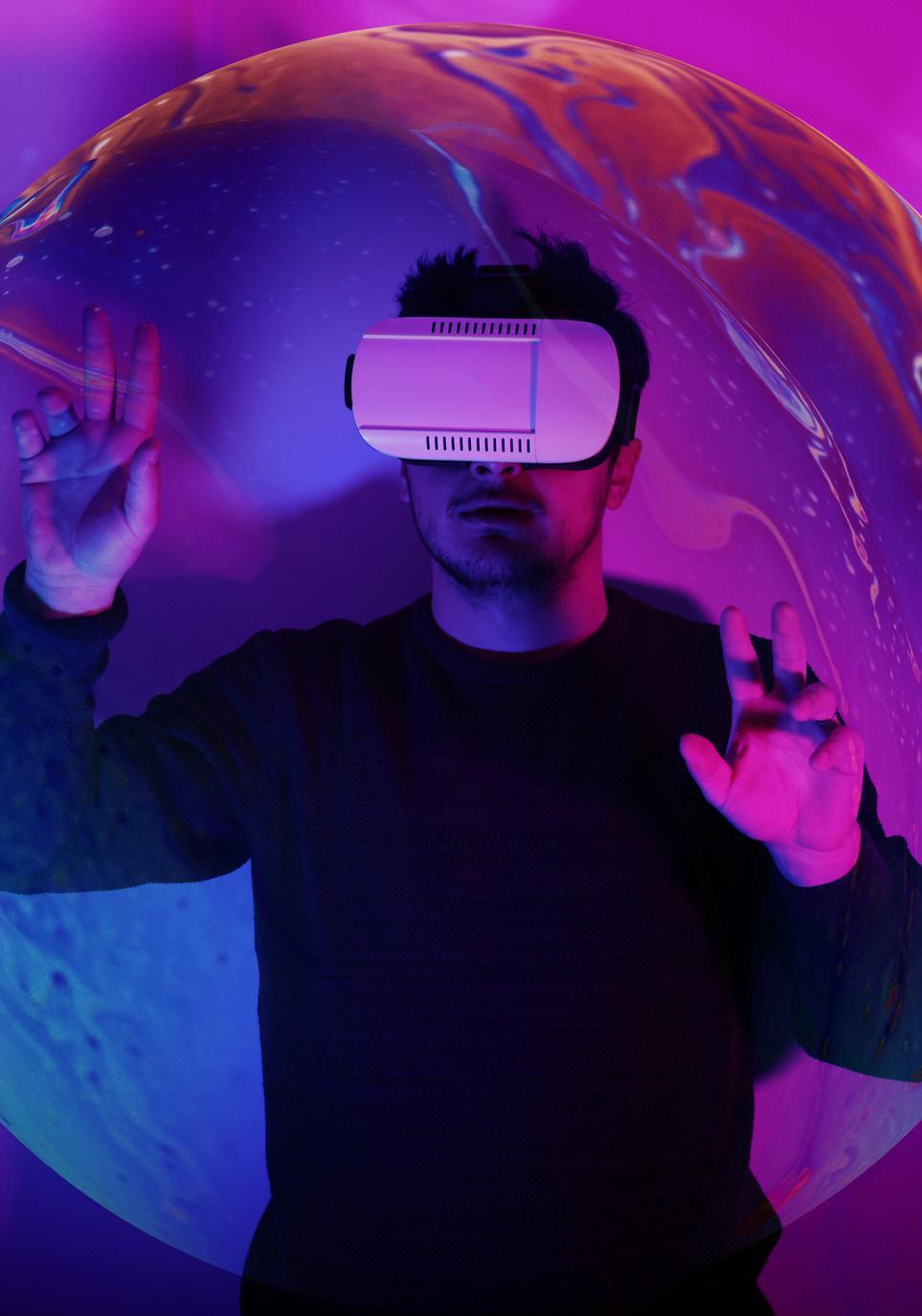

Founded in 1998 by Larry Page and Sergey Brin and today headquartered in Mountain View, California, Google has evolved into a global technology powerhouse with a mission to organise the world’s information and make it universally accessible and useful.
Beyond search, Google Cloud offers a vast array of products and services, including AI, online advertising, search engine technology, cloud computing, computer software, quantum computing, ecommerce and consumer electronics.
In March, Google Cloud announced a range of new products that infuse generative AI into its offerings, empowering developers to responsibly build with enterprise-level safety, security and privacy.

The addition of generative AI services to Google Cloud’s consulting business, meanwhile, will help “C-suite leaders of top global companies reap the full, transformative benefits of generative AI while maintaining responsible development and deployment”, the company said.





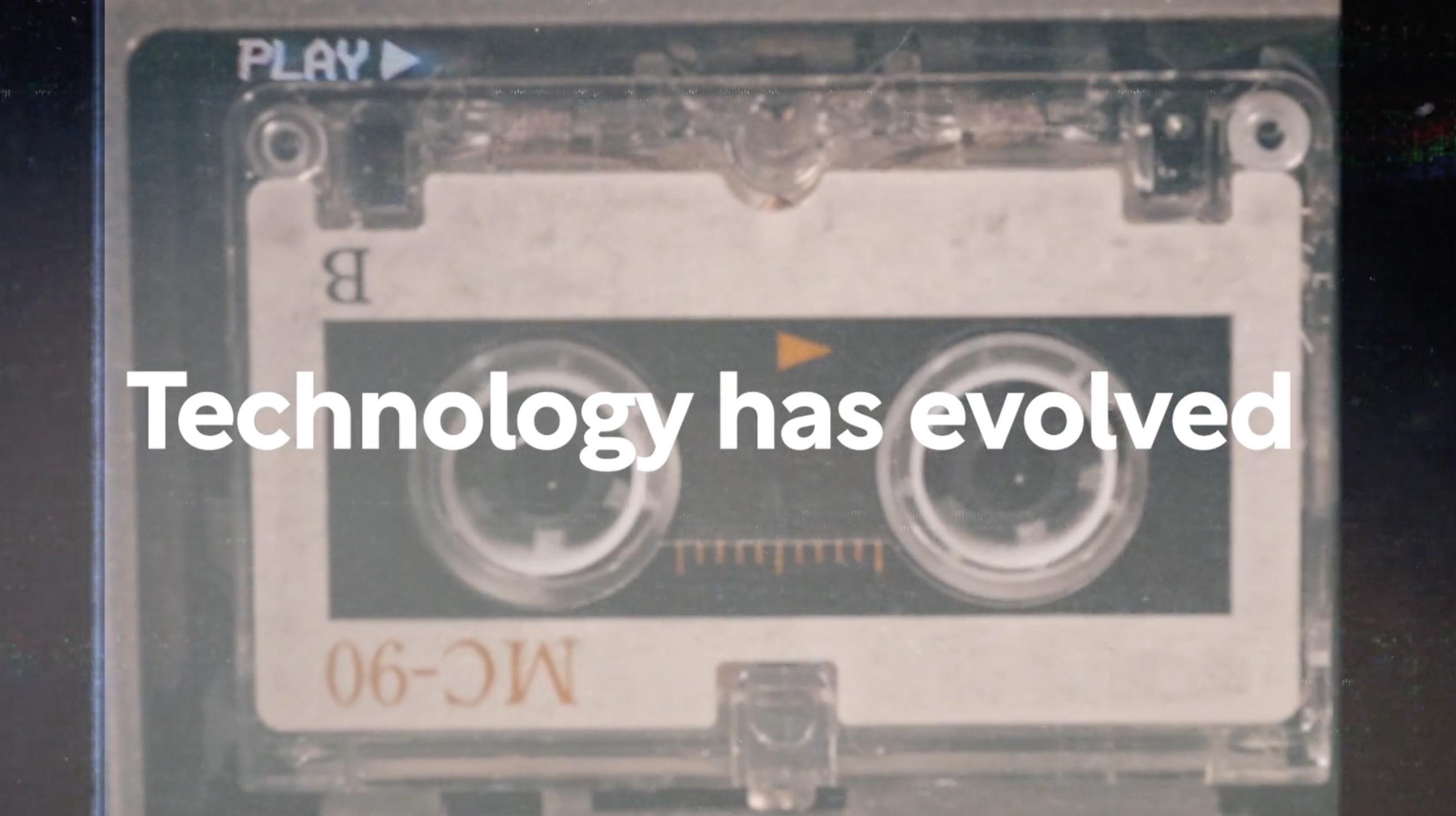
What is AWS? | Amazon Web Services WATCH NOW




Aurora’s cloud-based software revolutionises solar design, sales and delivery. By simply providing an address and electric bill, Aurora enables individuals to generate comprehensive, precise and customisable designs for each client – ultimately, securing immediate agreements.

The company contributes to the advancement of renewable energy by supporting numerous solar projects every week, aiming to make solar power accessible to all. Aurora calls for a departure from outdated power grids and the adoption of the solar future, simplifying tasks, discarding obsolete technology and accelerating business growth.
Now, more than 7,000 of the industry’s top organisations rely on Aurora and over ten million solar projects have been designed with the platform globally. The San Francisco-based company was the only climate tech business named to the 2022 Forbes AI 50 and was voted the best solar software by Solar Power World in 2021.



WRITTEN BY:
NEIL PERRY
PRODUCED BY:
STUART IRVING

Claroty’s goal is to secure the cyber-physical systems (CPS) that are used to run critical infrastructure every day. Its technology protects systems used to run oil pipelines, health facilities, power grids, water utilities and many other essential services.
When Noga Sharabani made her first steps into the procurement sector, it was to protect against a very different type of threat.
“It was mid-1999, I was working in a bank and studying for my Master’s degree in Marketing & Finance when a friend called me saying that the high-tech company she was working for, Gilat Satellite Networks, was looking for someone to join the procurement team for a temporary role to oversee suppliers’ compliance for the Y2K bug,” she says.

“At the beginning of 2000, when the Y2K panic ended, I was asked to take the role of direct buyer and started to learn everything about the procurement world. Working for nearly 22 years at Gilat gave me the opportunity to develop my skills and gain experience in almost every category of purchasing – direct and indirect –and managing OEMs and suppliers in a multicultural environment, which kept my career very challenging but interesting.
“I had excellent mentors over the years who taught me about supplier relationship management, and this is what I am focused on teaching my team today.”


Learn more
ProcurementWorks gives procurement teams what they need to build buying experiences that are personalized and intelligent. Now, procurement can automate the intake of all kinds of procurement requests and orchestrate complex resolutions.
 Sagi Eliyahu, co-founder and CEO, Tonkean
Sagi Eliyahu, co-founder and CEO, Tonkean
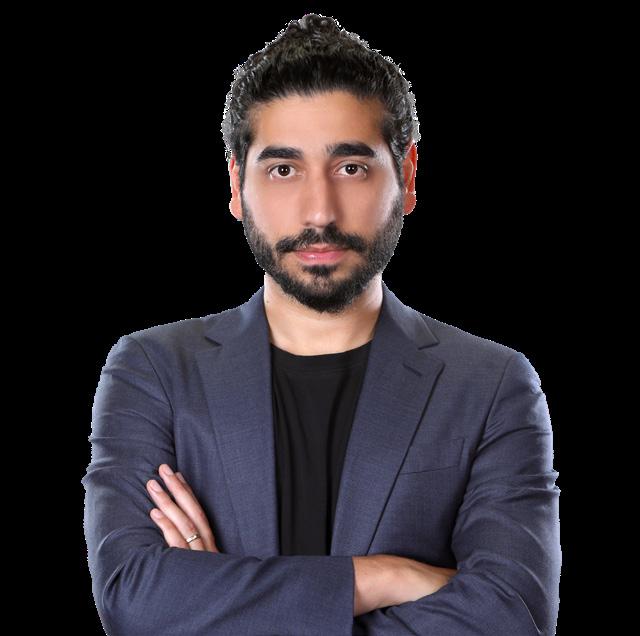
To understand the mission of Tonkean, you need to understand that compliance requires high adoption, and adoption requires a great experience
Sagi Eliyahu is CEO at Tonkean and was one of the founders just under a decade ago. Tonkean is a first-ofits-kind experience platform with the purpose of developing internal processes that employees actually follow.
“We started the company with a very simple goal in theory, but very hard in practice, which is empowering companies to leverage software better,” he says.

The key to empowering companies in that way is helping them optimise their internal processes so that following those processes is both easier and more valuable than circumventing them.
“Everyone knows that if you go on a website and there are twenty fields for you to fill in versus one, the conversion rate is going to be poor. Why do we expect people within the company to fill in a twenty-step process?” he says.
Partnership with Claroty
Tonkean has been working with Claroty to modernise the way internal teams engage with the company’s processes and systems, with the aim of increasing adoption, compliance and satisfaction.
Ultimately, organisations like Claroty work with Tonkean to increase the value their procurement teams are able to create as partners to the business.

“They were a great partner to work with, and we are very excited to see the results and the value they’ve been getting through the platform,” Eliyahu adds.

The influence of AI is also something that excites Eliyahu, as he believes it will inspire people to rethink their approach..
“One thing that is very clear, is that it has reinvigorated the minds and the imagination of people into asking ‘why do I do it manually?’,” Eliyahu concludes. “They will ask why is this something that I need to take 10 clicks to do? Why can’t this be smarter? Why can’t this be more intelligent?”
Nearly 25 years later, Sharabani is a passionate advocate of procurement operations taking a leading role within business, being central to the strategy of organisations going forward, and brought that mindset to Claroty since establishing its procurement operation in 2020.
After leaving her career in banking, she embraced procurement at Gilat Satellite Engineering, before making the step to Claroty, where she enjoyed the opportunity presented by helping a young cyber company implement a growth strategy.
Driving innovation through procurement Claroty was founded in 2015 and has grown to be a trusted provider and advisor for
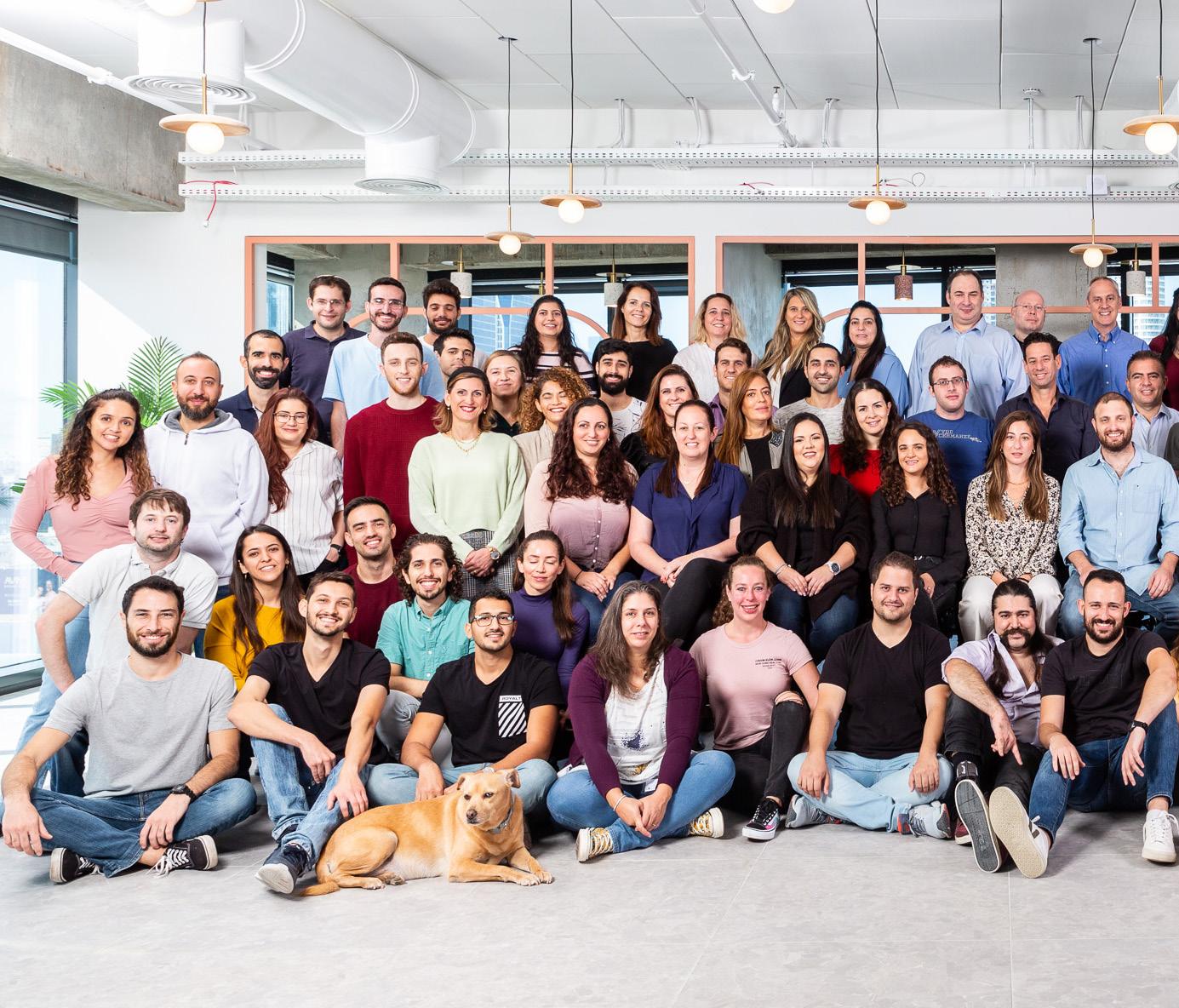
“I am passionate about driving innovation in procurement and staying up to date on industry trends and best practices”
NOGA SHARABANI DIRECTOR OF GLOBAL PROCUREMENT, CLAROTY
hundreds of businesses with thousands of locations around the world. Its platform is a crucial tool that integrates with customers’ existing infrastructure to provide a full range of controls for visibility, risk and vulnerability management, threat detection, and secure remote access.
“I am passionate about driving innovation in procurement and staying up to date on industry trends and best practices,” says Sharabani. “I believe that collaboration and building strong relationships with suppliers are essential for achieving successful procurement outcomes.”
Driving that innovation has become ever more crucial after the expansion of
TITLE: DIRECTOR OF GLOBAL PROCUREMENT
COMPANY: CLAROTY
INDUSTRY: CYBER SECURITY
LOCATION: ISRAEL
Noga Sharabani is the Director of Global Procurement at Claroty, and has 25 years of experience in the procurement sector and a Master’s Degree in Business Management from Ben-Gurion University in Israel.
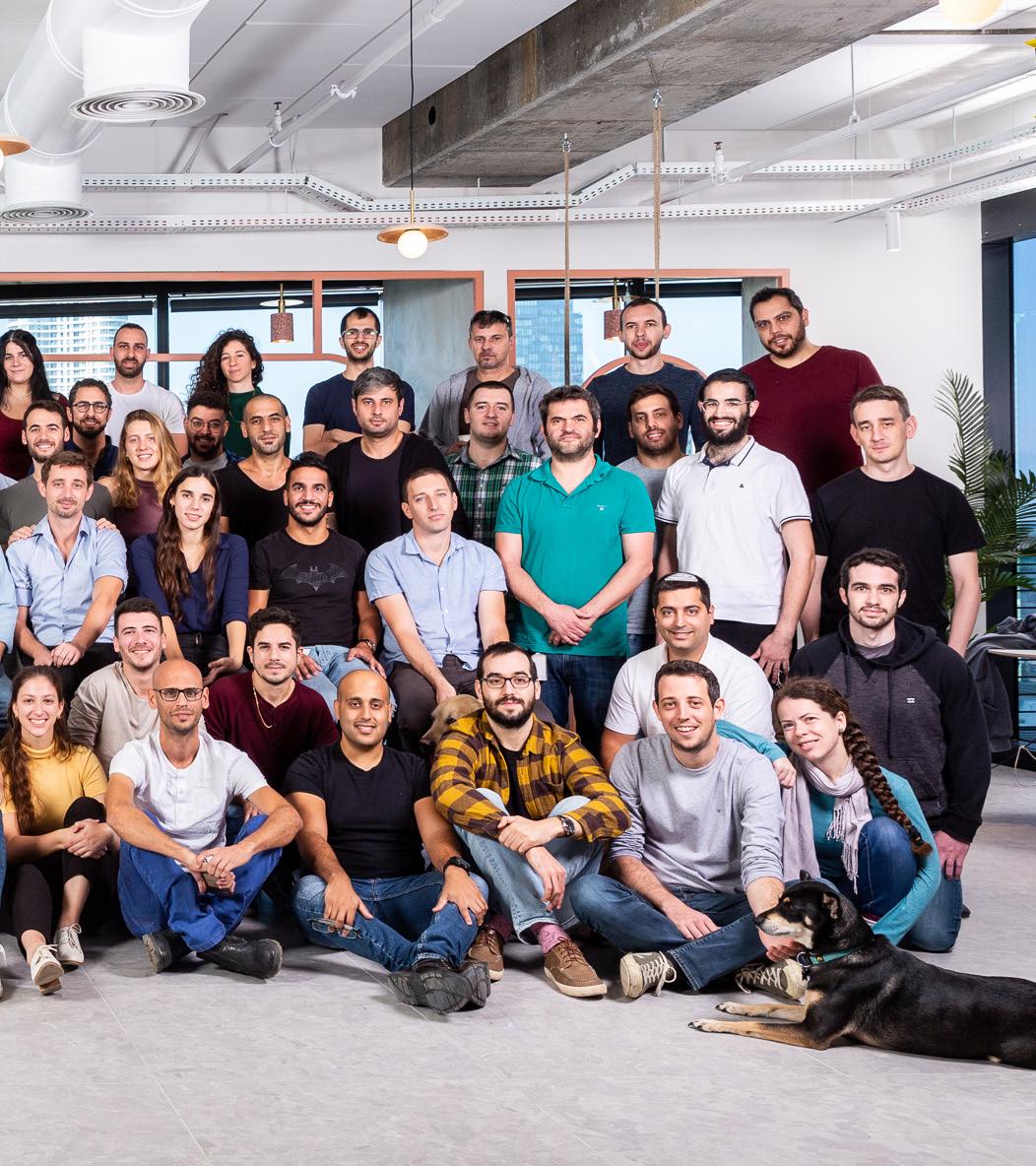
She spent two decades at Gilat Satellite Networks, working her way from Procurement Buyer to Strategic Procurement Manager, before moving to Claroty in 2020.
She is passionate about professional development, embracing the latest technological trends, and moving procurement operations to the forefront of business.


Wing provides peace of mind by leveraging in-product remediation and automation to secure organizations' SaaS usage at an affordable price

Claroty turned to SaaS security posture management (SSPM) leader Wing Security, to ensure its SaaS usage is secure.
Claroty secures the Extended Internet of Things (XIoT) to achieve unmatched visibility, protection, and threat detection across all cyber-physical systems. When it came to securing their employees’ SaaS usage, they turned to Wing Security to ensure they have full control over their SaaS layer.
“Wing provides us with the visibility and the detail we need to protect our (SaaS) environment and make sure that our employees are safe and secure when they’re dealing with SaaS applications,” says Tim Hillyard, Senior Director of Security Operations at Claroty.

SaaS onboarding is decentralised and often doesn’t go through IT or Security approvals. This creates a massive Shadow IT problem, as well as a serious security concern Hillyard adds: “We need Wing because many SaaS applications are actually vulnerable to certain types of attacks, and in some cases these SaaS applications are malicious. “They are created

by bad actors whose intention is to compromise your end systems, or gain access to your personal data. So we need visibility on bad applications so that we can protect our employees.”
Wing Security is the only SSPM provider to deliver SaaS visibility completely for free. More info on that here It is unique in that it doesn’t only lay out the problem for you by showing you all the SaaS applications, users who use them and the data that is shared in and between SaaS applications, it also automatically remediates SaaS security issues from within the system, taking the load off of the security teams.
For other companies looking for similar SaaS peace of mind, Hillyard has this advice: “Find a company like Wing, that can change quickly and adapt to the ever-changing SaaS threat landscape.
“You need a tool that can also adapt quickly to the environment and protect your users and your data.”










the Claroty team and portfolio with the acquisition of the healthcare IoT security company Medigate in January 2022.
This represented a quantum change in the company, expanding its focus beyond operational technology (OT) to protect all CPS across industrial, healthcare, and
commercial environments: the Extended Internet of Things (XIoT).
This expansion, combined with the everchanging roster of cyber threats, means it is imperative that the company remains at the forefront of technology innovation while maintaining fast, efficient, and sustained growth.
“In my experience, putting procurement at the forefront of business strategy is essential in driving efficient growth for any organisation. At Claroty, the procurement function is fully aligned with the company’s growth objectives, which empowers our team to not only source and manage resources more effectively, but also to proactively identify cost-saving

“Procurement teams must establish robust data governance practices, clear policies, data quality controls, and data integration strategies to leverage AI effectively”
NOGA SHARABANI DIRECTOR OF GLOBAL PROCUREMENT, CLAROTY
opportunities, adopt a culture of innovation, and foster supplier partnerships.”

One of the biggest challenges Sharabani faced in this role was managing cloud spend. “After the Medigate acquisition, we had to bring two very different cloud spend strategies together. The Claroty platform at the time was on-prem with very little cloud spend, while the Medigate platform was fully SaaS and drove high cloud spend.”
Within a few months of the acquisition, Claroty had developed a new SaaS product called xDome, which further increased its cloud spend.
“To address this challenge, I asked Eli Mansoor, the owner of OskaQ Consulting, to help us develop a cloud spend management plan,” Sharabani describes. “This plan included setting clear goals, identifying cost-

“By leveraging cutting-edge solutions, emerging technologies, and strategic partnerships, I am able to secure the most innovative and robust technologies offerings for our organisation”Claroty WATCH NOW
NOGA SHARABANI DIRECTOR OF GLOBAL PROCUREMENT, CLAROTY
saving opportunities, and implementing best practices for cloud procurement. As a result of this plan, Claroty as a team – including Procurement, Product, DevOps, R&D, and Chief Architect – is working in full sync and we were able to reduce the cloud spending substantially, while still supporting the growth of our business.”
It is by adopting this mindset for the procurement function that Sharabani believes she can make the greatest impact on the future success of the business and the customers who rely on its technology to secure their most critical operations.

“I am committed to staying at the forefront of technological advancements and industry best practices,” she argues.
“By leveraging cutting-edge solutions, emerging technologies, and strategic
partnerships, I am able to secure the most innovative and robust technology offerings for our organisation. I meticulously evaluate and select suppliers with proven expertise, track records of excellence, and a strong commitment to data protection and privacy.”
By building strong communication channels with other business functions, Sharabani has helped to add value to Claroty and support the revenue side through proactive engagement with key departments such as Business Development, Product, DevOps, and Finance. I’ve been able to identify and capitalize on numerous opportunities for cost optimization and value enhancement that directly contribute to revenue growth.
My team and I work closely with the Product team to define and track our COGS (Cost Of
“With OskaQ Consulting I feel confident that Claroty’s cloud spend is optimized, in control, and we have the agreements we need in order to accelerate Claroty’s business growth”
 Noga Sharabani, Director of Global Procurement, Claroty
Noga Sharabani, Director of Global Procurement, Claroty

OskaQ
• On-going FinOps-as-a-service
• Negotiate cloud discount agreements
• FinOps maturity assessment
• Build a cost aware organization culture
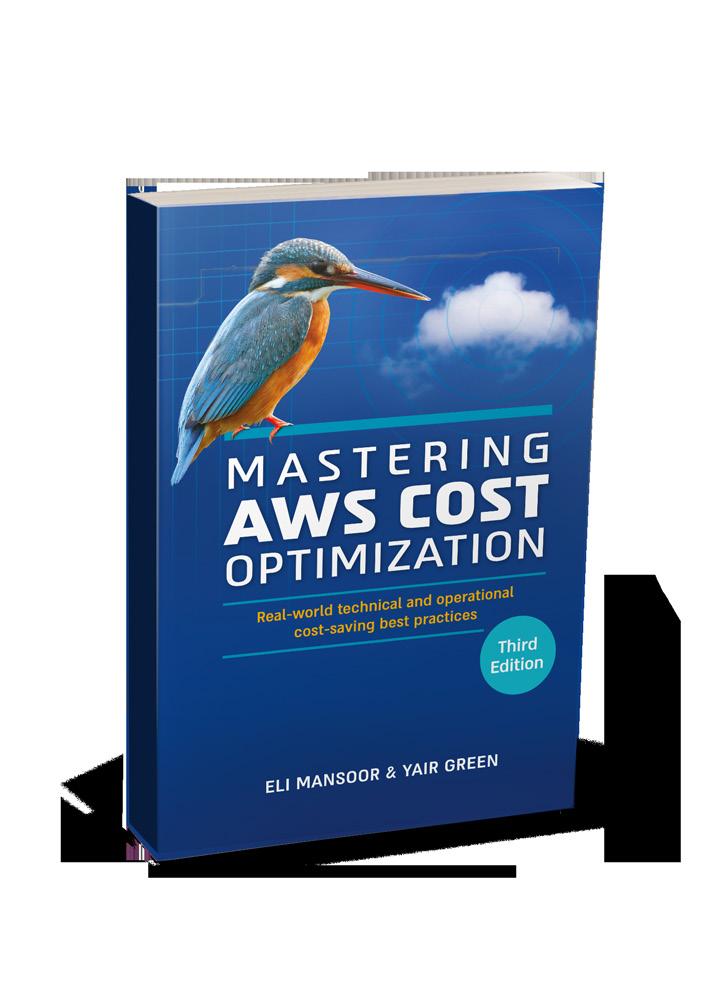
• Accelerate business collaboration with your cloud vendors


 and CEO
and CEO
Goods Sold) and cloud infrastructure, ensuring we are getting the best value for our investments but also maintaining scalability.
In collaboration with the Finance department, we’ve successfully optimized payment terms, reduced supplier duplication, and streamlined critical processes. For instance, we’ve implemented an efficient vendor onboarding process through automation using the Tonkean AI platform, which not only saves time but also ensures compliance and cost efficiency.
Year founded
driven innovation and continuous improvement throughout the organisation,” Sharabani says. “I take great pride in my ability to establish and nurture these relationships and communication channels, as they have been instrumental in driving success and positively impacting the procurement function at Claroty.”
Moreover, a strategic partnership with the Business Development team has resulted in the optimization of AWS agreements, further boosting revenue for Claroty. This collaborative approach across functions underscores how procurement can have a direct and positive impact on the bottom line.
“These examples reflect how the strong relationships and effective communication channels established in procurement have
Sharabani believes that the future of procurement is going to be fundamentally linked to, and influenced by, emerging technologies and digital transformation and that procurement leads need to embrace automation, AI and data-driven decisions.
“By leveraging technology effectively, procurement leads can enhance efficiency, reduce costs, and improve decision-making,” she says. “So, in the next 12 to 18 months, we’ll continue to adopt automation and AI.” This mentality, Sharabani explains, will help


“I wake up each morning eager to learn something new and experience the impact it has on procurement”
NOGA SHARABANI DIRECTOR OF GLOBAL PROCUREMENT, CLAROTY
build the foundations for the next decade of progress at Claroty.

“By successfully establishing a scalable procurement organisation, we are helping to position Claroty as a trusted partner for securing critical infrastructure and enabling the adoption of CPS. This will create new opportunities for growth and expansion, allowing us to play a pivotal role in securing the XIoT ecosystem.”
Although AI presents many positive possibilities, she emphasises that it needs to be used carefully and with intelligence to get the most useful results.
“AI relies heavily on high-quality data and we – as the data source – need to ensure data accuracy and integrity. Procurement teams must establish robust data governance practices, clear policies, data quality controls, and data integration strategies to leverage AI effectively.”
The quality of the partnerships formed between the procurement team at Claroty and both internal and external colleagues is something Sharabani is particularly proud of, as it has allowed her to align with business objectives and drive successful outcomes.
“Collaborating closely with strategic suppliers has allowed for deeper, stronger partnerships, resulting in achieving company targets like opening local fulfilment centres in the US and Germany to support our customers locally,” Sharabani says. “By maintaining strong connections with stakeholders, I have been able to align procurement strategies with organisational goals, ensuring seamless integration and driving mutual success like cost optimisation and risk mitigations.”

Sharabani emphasises the importance of some of Claroty’s external partners, as identifying best-in-class partners helps the company achieve its objectives.
She highlights the partnership with OskaQ which has become a key partner in cloud management strategy.
“They have expertise in optimising cloud expenditure and work closely with me and the company to identify areas of improvement,” she says. “Through their guidance and recommendations, we have been able to make strategic adjustments that increase profitability and optimise our cloud spending.”

This has helped fulfil a highpriority project focused on cloud cost management and optimisation, which is essential for improving the company’s gross margin.
Another key partnership Sharabani references is Wing Security, which gives full visibility into Claroty’s environment and enforces security controls and policy.
“We have monthly meetings with the partner to discuss issues, features, new requests and mutually understand the evolving threat landscape to ensure we are aligned,” Sharabani says, emphasising the importance of close communication.
“The partnership with Wing Security has been essential,” she adds, “allowing Claroty to effectively manage our security programme and meet our projected target goals to protect Claroty and ultimately our customers from everchanging threats.”
Another partner is Snyk, which helps Claroty’s software development team develop fast and

stay secure, using AI and automation from their first lines of code to their running cloud.
Sharabani also highlights the value of the Tonkean partnership, as a comprehensive solution to handling the entire procurement process.
“By leveraging Tonkean, we can save time and resources for my team while ensuring a seamless and efficient procurement process, from intake to resolution,” she says. Sharabani continuously links the importance of the procurement operation to wider business and customer goals, whether that be in terms of finance, environment, or security, and the input of partners is critical to that success.
“Overall, these partnerships have been invaluable in helping us achieve our aims. They bring expertise, technological capabilities, and streamlined processes that contribute to cost savings, efficiency, and a positive user experience,” she emphasises. “By collaborating with these partners, we can drive success in our procurement function and support the overall growth and success of the company.”
When Claroty acquired Medigate, Sharabani says this presented an opportunity to increase value from procurement synergies. “I implemented a new SaaS management platform called Zluri for visibility into all the software within Claroty and Medigate’s respective technology stacks and was able to manage renewal effectively. This way I could better manage the integration, and identify similar or duplicate SaaS platforms, which not only saved a significant amount of money but also enhanced overall efficiency.”
With nearly 25 years of experience in the procurement sector, Noga Sharabani has seen significant changes in technology that have fundamentally transformed the way procurement business is conducted, and she says it motivates her to stay on top of industry trends and best practice.
She believes seeking continuous improvement is the way she gets constant fulfilment from her profession.
“Besides the joy of raising my five children, I wake up each morning eager to learn something new and experience the impact it has on procurement,” she says enthusiastically. “I actively engage in professional networks, participate in continuous learning opportunities, and find inspiration in podcasts and webinars. It is incredibly exciting to witness how AI, for example, can elevate the field of procurement.”
Her advice to other professionals earlier in their procurement careers is to embrace change, as the environment is constantly evolving because of technological advancements, market dynamics and global factors, but by staying adaptable you can thrive.
“What I find most fulfilling about working in my role is the opportunity to shape the future of my organisation in today’s rapidly changing business landscape,” Sharabani concludes. “By embracing innovation, collaboration, and continuous improvement, I can contribute to creating a resilient and sustainable procurement and supply chain that drives business success.”





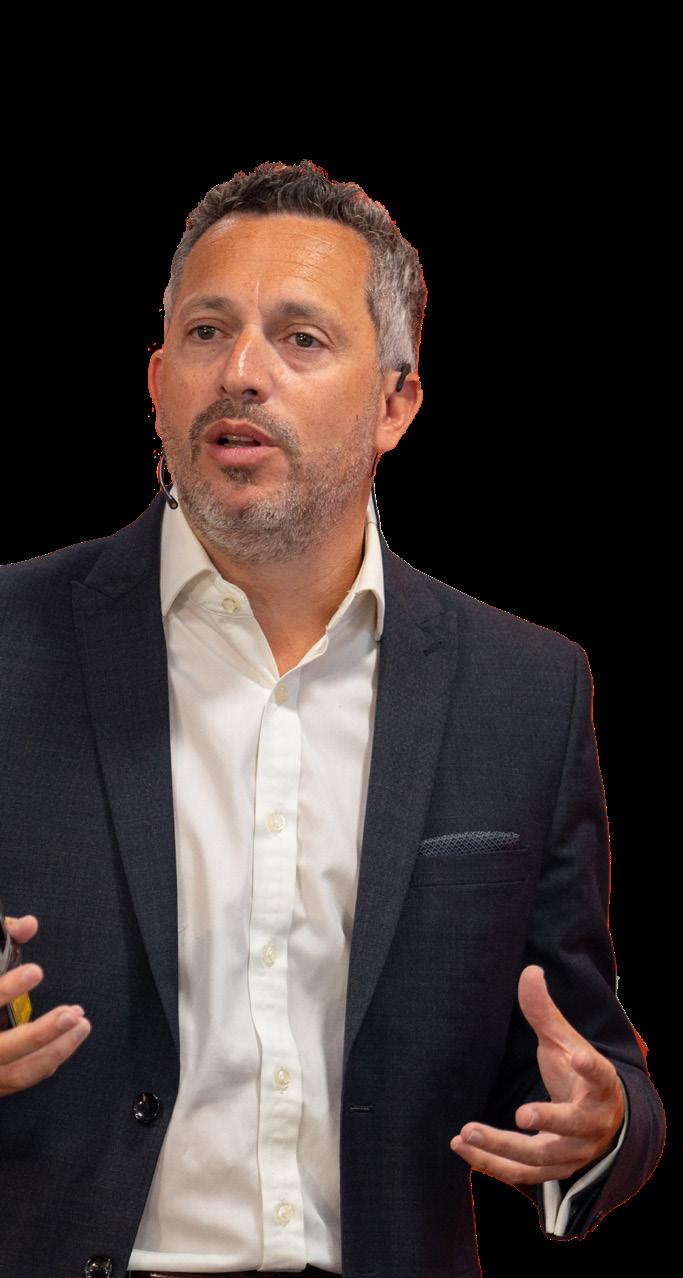
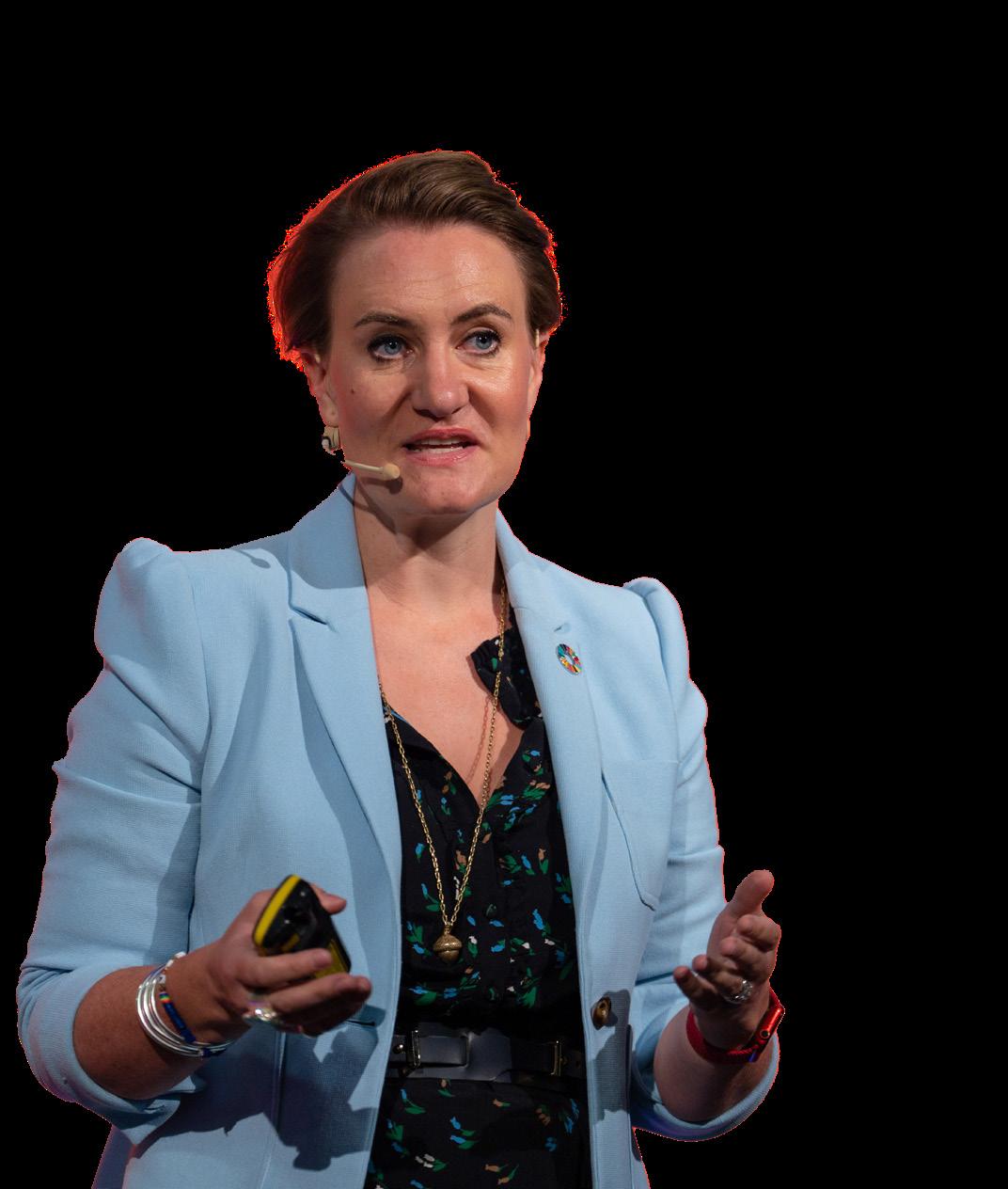
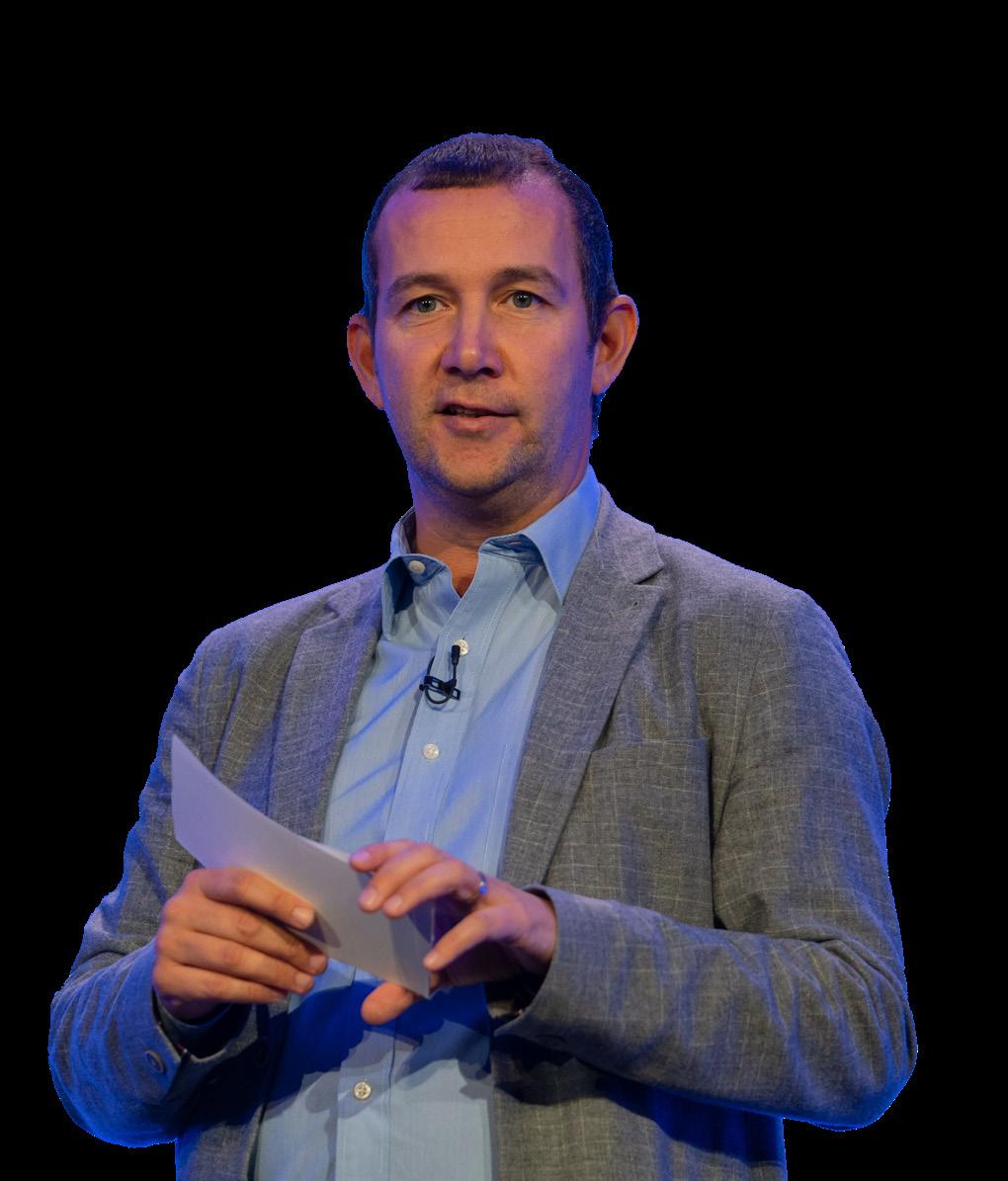
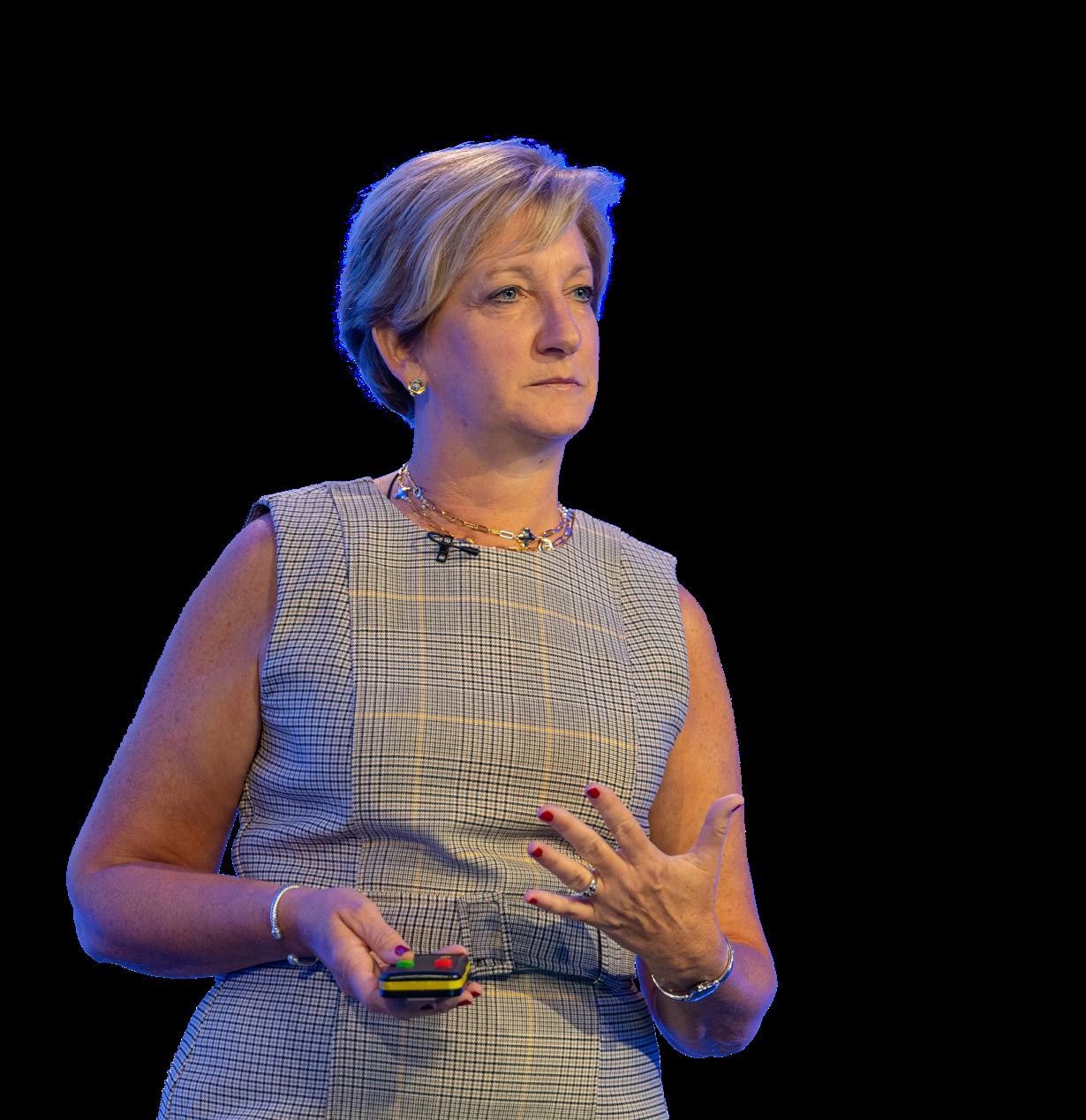
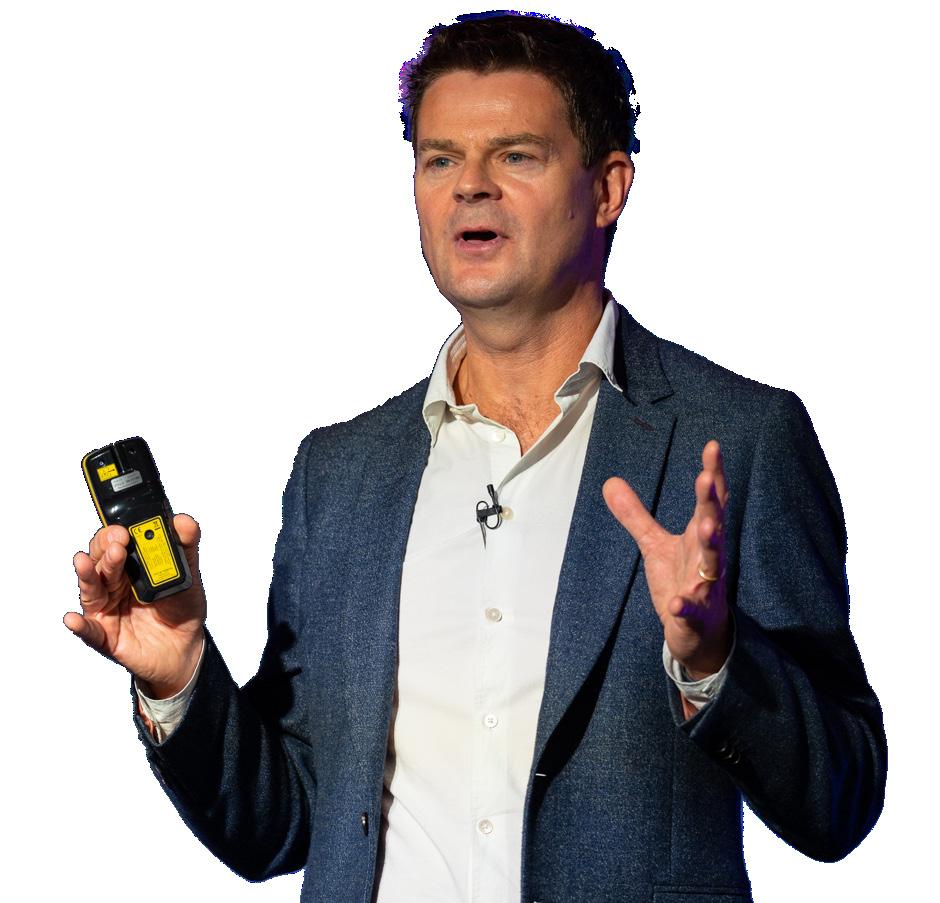








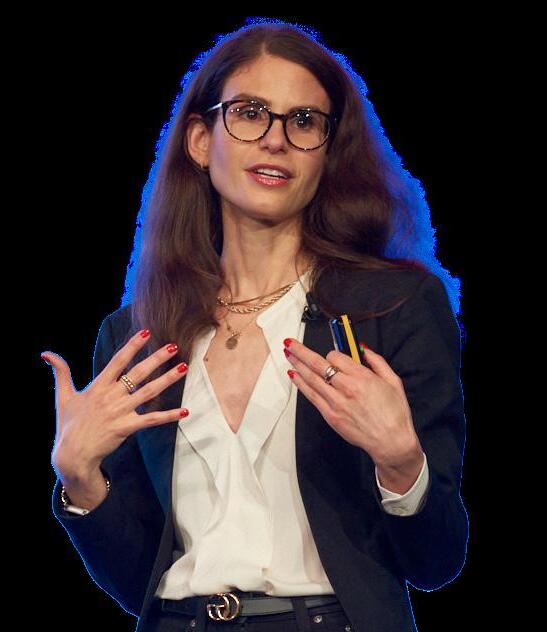


With technology continuing to evolve and virtual worlds expanding in unfathomable ways, AI could play a crucial part in the metaverse’s construction
 WRITTEN BY: AMBER JACKSON
WRITTEN BY: AMBER JACKSON


The metaverse is fast becoming the future of the digital world. With businesses increasingly adopting metaverse technology like virtual reality platforms, it is clear that governments and leading organisations will need to have responsible use conversations moving forward.
Visual and augmented reality (VR/AR) adoption, as well as virtual 3D for shopping, events and social media, could cause the industry to swell to US$615bn by 2030. With this in mind, it is easy to see how digital systems like generative AI can work to create a more immersive virtual world for users worldwide.
The power of generative AI: Leveraging technology for a virtual world
As Mark Zuckerberg told The Guardian earlier in 2023: “The metaverse is a logical evolution. It’s the next generation of the internet – a more immersive, 3D experience. Its defining quality will be a feeling of presence, like you are right there with another person or in another place.”
Generative AI could work to enhance user experience in the metaverse by offering users human interactions within a virtual backdrop. The metaverse is all about being ‘within’ the walls of the internet itself, with shared virtual worlds operating immersive digital locations to work, play, socialise, shop and exercise in.This is just the beginning.

GPT systems in particular have the ability to leverage large language models (LLMs) and provide distinct responses to text, voice and gestures. The technology could also improve how users work virtually and even possibly boost enterprise use by improving the way employees work.
According to an article by Forbes, the future will see social media companies,
DON HEIDER PROFESSOR, SANTA CLARA UNIVERSITY
“ IN YOUR ACTIONS AND WORDS IN THE METAVERSE, CONSISTENTLY SHOW CARE AND CONCERN FOR OTHER PEOPLE”
brands, education institutions and employers operating their own virtual worlds where people can come and enjoy a more engaging online experience.
With online experiences becoming more immersive, VR/AR systems are depended on to mimic reality. Currently, developments are focusing on the limitations of VR headsets and how immersion into the metaverse can be increased with haptic technology.

Increased adoption of digital twins also has the potential to grow even larger than reality. With Web3 and increasing
decentralised services, there really is no limit to what these systems can do in capable hands.
A positive use case of digital twins is that they can offer a wealth of analogue data that can be modelled and used to draw additional value. These insights can ultimately work to improve businesses and their services as a result. Technology of this scale enables business owners to create more immersive experiences to increase customer engagement – which can also work to serve the metaverse.


The decentralised web: Ethics and implications
Recent interest in metaverse development is influenced by Web3, a concept for a decentralised iteration of the internet. Whilst these types of technologies are leading towards a democratisation of AI access, a decentralised web could cause debates surrounding data privacy. With this in mind, enterprises will need to ensure safe and responsible use of these systems as the virtual world develops.
The need for responsible AI in conjunction with the evolution of the metaverse is vital. Working to mitigate, or even remove, bias, privacy concerns and ensure safe practice within will ensure continued successes and inclusive development.

Researchers at Santa Clara University argue that the creators of virtual reality worlds must construct strong codes of ethics in order to maintain safe environments and protect communities who are more vulnerable.

TITLE: PROFESSOR
COMPANY: SANTA CLARA UNIVERSITY
LOCATION: UNITED STATES
Don Heider is an experienced education professional skilled in ethics, journalism, technology and student development and works to consider the global ethical implications of AI.
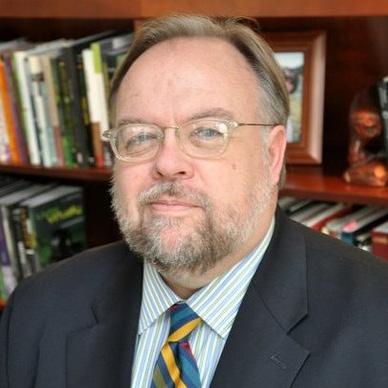

Don Heider, Chief Executive of the Markkula Centre for Applied Ethics, says: “Take no actions in the metaverse you know or suspect might harm another person or group of people… in your actions and words in the metaverse, consistently show care and concern for other people.”
Initiatives like The Frontier Model Forum could also work to ensure safe and responsible development of the metaverse moving forward, as it has already proposed to do so with AI models.
With increasing numbers of workers using generative AI, the forum’s current objectives are to advance AI safety research to minimise risk and enable independent, standardised evaluations of capabilities and safety. It is interesting to consider how this could extend to the metaverse in the near future as new systems are developed.
AI systems are already transforming businesses in ways never seen before.
As the metaverse seemingly holds endless possibilities, businesses continue to explore how to tap into its new potential. Although mostly focused on social media and connectivity, the metaverse arguably holds other possibilities for different services.
AI Magazine reported in 2022 that less than one percent of the world’s four billion buildings and 20 billion spaces are digitised – leaving a huge growth capacity of around 99%. With the global value of real estate estimated around US$230tn (as of 2022), it is clear that there is an area of growth in connection with the metaverse.
AI could also work as a part of the 3D reconstruction process and fully automated to enable businesses to scale with precision. Businesses that capitalise on these developments could help shape the future of what the metaverse could become.
However, it is understandable that some will have reservations about this technology and how quickly it is evolving: 61% of workforces already believe that AI will replace their jobs, or at least most of their job roles, by 2033. The AI takeover is not all too far removed from our reality, but rather, it is already happening.
With human workforces already citing issues such as insufficient knowledge or training on AI systems, a lack of support in the workplace and limited access, it is crucial that companies are able to collaborate successfully and harness AI to its full potential in order to stay ahead in digital transformation.
After all, the metaverse will continue to evolve regardless.
“THE METAVERSE IS A LOGICAL EVOLUTION. IT’S THE NEXT GENERATION OF THE INTERNET – A MORE IMMERSIVE, 3D EXPERIENCE”


 WRITTEN BY: TOM CHAPMAN
PRODUCED BY: STUART IRVING
WRITTEN BY: TOM CHAPMAN
PRODUCED BY: STUART IRVING
Since opening in 2016, Okada Manila has quickly established a reputation as a premier entertainment resort – and not just in the Philippines, but on the world stage.
Such was the scale of this US$2.4 billion development that more than 18,000 workers were employed during the first phase of construction alone, and the results were spectacular.
As its location in the Entertainment City district of Manila suggests, Okada Manila and its people are in the business of providing unforgettable experiences for their guests.
In addition to the dazzling casino and luxurious hotel, this vast, integrated resort boasts an endless array of world-class amenities, meaning there truly is something for everyone whether they are looking to shop, dine or relax.

One major hotspot is The Fountain, a US$30 million attraction designed by the same team responsible for similarly iconic water features in Las Vegas and Dubai.
Then there’s Cove Manila, Southeast Asia’s biggest indoor beach club and nightclub, capable of hosting up to 3,000 partygoers.
“What Okada aims to do is provide entertainment that’s safe, fun and has that wow factor,” explains Ashley Lorraway, the organisation’s Director of Security Infrastructure, Research and Development.


Safety and security data isn’t just important, it is critical, and each organisation has unique needs when it comes to storing, managing, and retaining these assets. Dell Technologies offers modern, scalable, and flexible storage solutions that meet evolving demands while reducing risk and cost of ownership.

Safeguarding security data is mission-critical and demands a robust storage strategy. Maintaining continuous access to recorded videos and seamless operation of recording and archiving equipment is crucial. Storage solutions must provide continuity while addressing other end-user concerns like compliance, cybersecurity, and AI. After all, a storage strategy is not “robust” if it doesn’t implore a holistic and multi-faceted approach.
In environments like airports and casinos, operations must persist during storage maintenance to remain compliant. Adopting a node-based NAS storage solution, with erasure coding, can enable non-disruptive maintenance. Cybersecurity breaches are another contributor to downtime. Storage architecture must include an offline cyber recovery vault, disconnected from the production cluster, to expedite recovery and minimise downtime.
Mounting network access and egress costs combined with security concerns have many companies rethinking the cloud first approach. Organisations are shifting to a cloud-smart strategy by segregating on-prem and cloud-stored data to harness
cloud benefits while maintaining data control. Storage solutions that scale-out seamlessly into the petabyte range while minimising rack space are the best choice to drive efficiency and performance on-prem.
As companies aggressively adopt Generative AI, optimised storage infrastructure is the key to harnessing improved outcomes. Storage platforms must align with the emerging needs of GenAI and offer solutions that make the data easier to manage, process and analyse. Catering to AI’s specific requirements and vast, diverse data sets is accomplished by employing cutting-edge technologies like distributed storage, data compression and efficient data indexing.
The world’s most flexible1, efficient2 , and secure3 scale-out NAS solution
When it comes to deploying a robust storage architecture that effectively stores, protects and manages mission-critical security data and offers unmatched performance for workloads like AI, Dell PowerScale storage is the clear choice. With critical assets at stake, you need a high-performance and scalable solution to help protect what matters most.

Learn more at:
www.Dell.com/PowerScale
1 Based on internal analysis of publicly available information sources, February 2023. [ ↑ ] 2 Based on Dell analysis comparing efficiency-related features: data reduction, storage capacity, data protection, hardware, space, lifecycle management efficiency, and ENERGY STAR certified configurations, June 2023. [ ↑ ] 3 Based on Dell analysis comparing cyber-security software capabilities offered for Dell PowerScale vs. competitive products, September 2022. [ ↑ ]
“We throw absolutely everything at providing an extraordinary experience; that’s the number one thing Okada tries to achieve and we succeed every time.”
Okada Manila has certainly lived up to the hype that existed during the planning and construction phase, receiving Five-Star accreditation from the Forbes Travel Guide and becoming a true icon of the Philippines.

“Integrated resorts can be a dime a dozen; if you walk into one, you’ve walked into them all,” adds Lorraway. “But Okada Manila is not like any other place you’ve walked into. There’s no other resort that has the same feel, the same aura or the same
TITLE: DIRECTOR OF SECURITY INFRASTRUCTURE, RESEARCH AND DEVELOPMENT
COMPANY: OKADA MANILA LOCATION: PHILIPPINES
Ashley Lorraway, the vigilant guardian of Okada Manila’s security and surveillance technology platforms, is a seasoned IT professional with 20 years of experience managing projects for corporate, government and mining sectors, and over a decade-long specialisation in intricate security and surveillance systems such as CCTV, access control and facial recognition.
Hired as the Senior Manager of Surveillance Technical Services for Okada Manila in 2016, he has since been promoted to Director of Technology and then promoted again in 2022 to be named the Director of Security Infrastructure, Research & Development, and is a serving member of the Security Executive Committee.
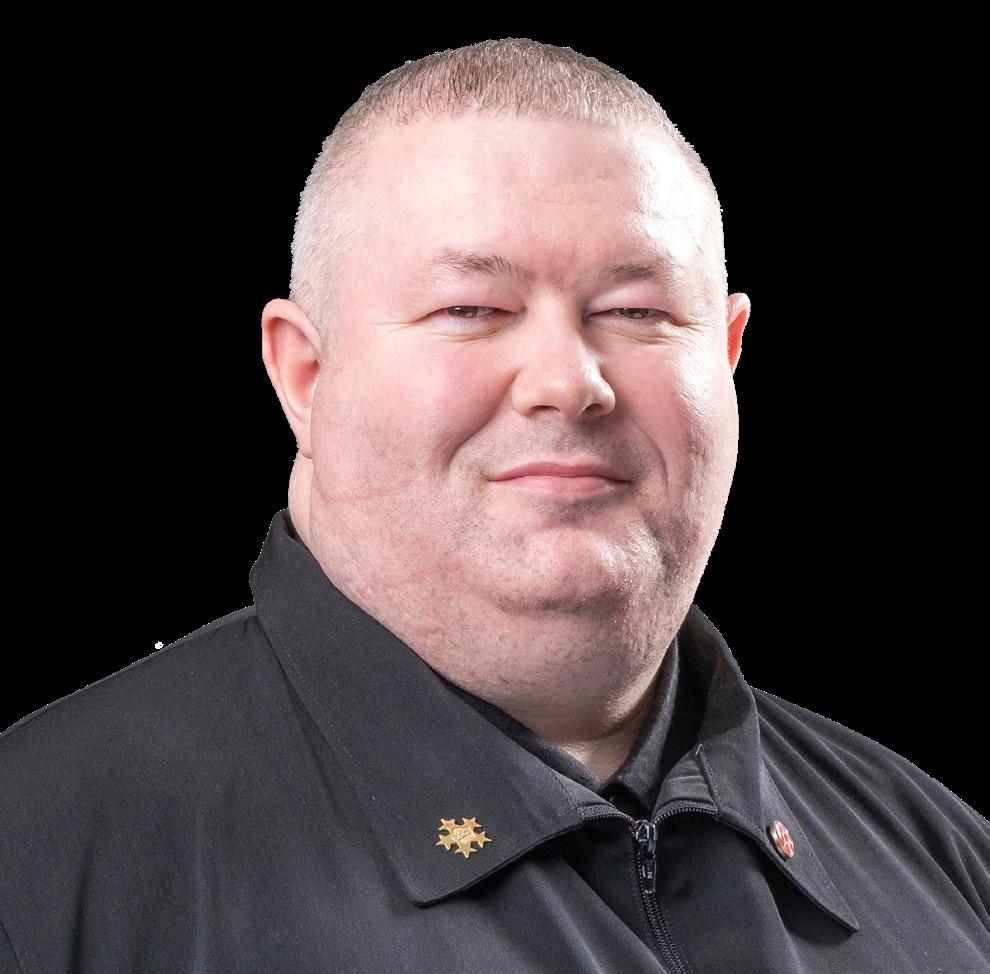
Hanwha Vision offers a comprehensive line of security and video surveillance solutions which include IP cameras that support up to 8K resolution, a video management system, video and audio analytics, multi-sensor technologies and device integration with a host of 3rd party application providers.

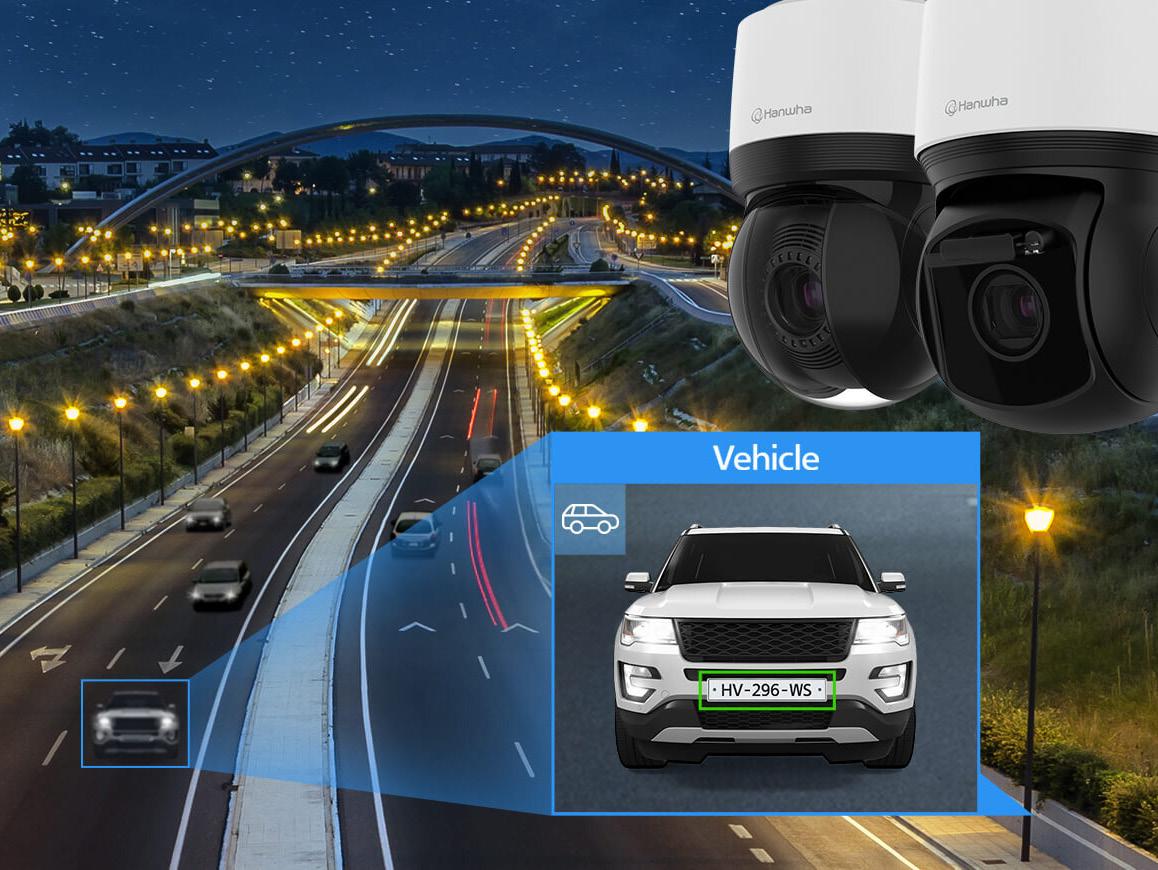
The company’s intelligent surveillance solutions are used globally, securing people, property and data across a range of industries including retail, transportation, education, banking, healthcare, hospitality, airports and more.
Contact us
atmosphere. You can find all the usual avenues of entertainment that you get in most integrated resorts, but there is just something extra special at Okada Manila. People will say that I’m biased but it’s absolutely true.”

While he is keen to sing the praises of Okada Manila’s entertainment pedigree, Lorraway’s day-to-day concern – as his job title suggests – is how best to protect the resort from security threats.
As a seasoned technology expert, he heads up all the technological infrastructure for the security and surveillance platforms – supported by two data centres and around 200 server rooms – while training up the next generation of talented technicians and engineers.
Lorraway is also in charge of Okada’s barring and exclusion committee, whose prerogative it is to prohibit a small but potentially dangerous minority of visitors from entering the casino and wider resort.
Countless colleagues within the industry will be able to relate to the kinds of obstacles being faced by Lorraway and his team on a daily basis. Traditional challenges like budgeting are up there with the toughest, but luck has often been on their side.
“When you’re dealing with a board of directors, 9.9 times out of 10 they’re not technically sound,” says Lorraway. “You have to convince these businesspeople that a certain technology is going to improve
operations so they will give you the money to do just that.
“I’m extremely lucky, though, that part of Okada’s mission is to be an innovative global leader. I’m also lucky that we have one of the best CTOs on the planet and a Chief Security Officer who is very technologically-minded and supportive.”
Undoubtedly, however, the biggest ongoing challenge for the Okada Manila tech team is prioritisation.


The artificial intelligence (AI) explosion and the way emerging technologies are being applied to video analytics and facial recognition means there is seemingly a limitless number of pathways when it comes to innovation, research and development. The big question is which path to choose.
Lorraway continues: “There are only so many hours in a day and the question we have to ask ourselves is, ‘which mind-
blowing technology advancement are we going to implement first?’. It sounds arrogant, but we have so many ideas and we’re working on so many projects.”
Okada Manila: Constantly evolving Okada Manila has, as Lorraway puts it, been very good at “rolling with the punches” during its short history.
Evidently, the pandemic was a significant trigger, forcing the business to evolve with















the launch of an online casino, while also considering practical measures at the resort itself such as the installation of contactless technology. So far, the online casino has proved a roaring success and an excellent revenue stream which looks set to continue growing.
Another major evolution has involved the use of facial recognition which, a few decades ago, was being examined but was something of a pipedream given the necessary AI algorithms were not yet powerful enough. But now, the technology has reached the point where it has the potential to replace pretty much any authentication that exists within a casino environment, such as ID passes and reward cards, and can even be used to record player ratings.
“We have dramatically expanded our use of facial recognition, to the point where we are testing with a view to using it in other areas beyond security,” Lorraway adds.
Introducing new technology to combat fire risk is another example of Okada Manila refusing to rest on its laurels. Fire is the single biggest threat to a venue of this size, regardless of the industry, and

DID YOU KNOW...
• Okada Manila’s casino features the country’s most expansive gaming floor, with around 500 tables and more than 3,000 electronic machines
• The Fountain at Okada Manila cost US$30m and was designed by WET, the same company behind similarly iconic water features in Las Vegas and Dubai
• Altogether, the planning, design and development project to turn Okada Manila from an idea into reality took nine years
• Cove Manila, Southeast Asia’s biggest indoor beach club and nightclub, is enclosed in a glass dome which is 100 metres in diameter and 30m in height
• The club is capable of hosting up to 3,000 partygoers
“With AI, what would usually take weeks now takes a matter of seconds”

it is essential to have the best alarm and suppression systems installed.
The tech director continues: “We’re innovative here; we’re always looking for new ways to protect life, especially when you’re such a big site and you can’t monitor every little area.
“We’ve evolved when it comes to tackling fire, right from the notification and alarms to state-of-the-art suppression systems.”

The aforementioned boost that AI has given to facial recognition and similar processes cannot be celebrated enough by Lorraway.
“AI is everything,” he proclaims. “All of the greatest leaps forward that anybody makes in the next decade or two are going to be AI-relevant.”
In the security and surveillance technology space, in conjunction with gaming protection, use of video analytics powered by AI is the direction in which Okada Manila is already heading.
“Say you’ve got a 12-man cheating syndicate which is meeting up on site,” Lorraway adds, providing a hypothetical example. “Traditionally, surveillance people would look at their activities over a
“All of the greatest leaps forward that anybody makes in the next decade or two are going to be AI-relevant”
ASHLEY LORRAWAY DIRECTOR OF SECURITY INFRASTRUCTURE, RESEARCH AND DEVELOPMENT, OKADA MANILA
Turn any camera into an active security system with no additional infrastructure Get instant alerts and track watchlisted individuals in real-time with advanced face and body recognition.

Proudly Partnering with Sync4U Oosto’s Local System Integrator


I WANT A DEMO
Looking for unparalleled video surveillance?
Since 1996, Intelligent Security Systems leads with SecurOS® Video Intelligence, operating globally with native analytics, customized solutions, and hardware-software complexes. Elevate your security today!

period of time and try to denote all the members of that syndicate.
“With AI, what would usually take weeks now takes a matter of seconds, depending on the processing power. We can tell the AI that we’ve already confirmed one of the members and we want to know everybody he’s had contact with.”
Then there’s behavioural recognition and the prospect of teaching AI tools how to recognise the type of behaviour seen among those who are cheating or looking to steal, including pickpockets.
“Casinos are rife with pickpockets,” Lorraway goes on. “So, we’re in the midst of teaching the AI to recognise them

ASHLEY LORRAWAY DIRECTOR OF SECURITY INFRASTRUCTURE, RESEARCH AND DEVELOPMENT, OKADA MANILA
“Vendors used to be very siloed but, these days, you need versatile partners that can cover a multitude of areas”

before they’ve even picked a single pocket. “It’s the kind of stuff where, if I told you 25 years ago, you wouldn’t even believe it. But we’re working on it, we’re proving it and we’re implementing it.”
Okada Manila is already benefitting from facial recognition when it comes to detecting banned patrons on its premises. Whether they are a prolific criminal, terrorism suspect or a responsible gaming risk, relevant individuals who are spotted by the facial recognition system will trigger an alert before security personnel escort them away.

However, like in all innovative technology departments, the team is constantly asking how they can go one step further; in this case, how can they reduce the time it takes for a banned patron to be recognised and security personnel dispatched?
The answer is facial recognition sunglasses which, granted, sounds a bit James Bond when you first hear it, but the technology is available.
Lorraway explains: “Security personnel will wear the sunglasses attached to the facial recognition system and get an immediate alert when a wanted person approaches. Banned patrons won’t even get in the building.
“It sounds like pie in the sky stuff, but we’ve already done it. We’ve tested the prototype, it works and we’re going to implement it – end of story. That’s another incredible thing in the pipeline.”
Licence plate recognition, vehicle IED scanning and privacy screening, which sees innocent parties automatically blurred out when incident footage is exported and viewed for legal purposes, are just some of the other processes being made substantially easier by AI and analytics.



The importance of vendor management Clearly, Okada Manila’s tech team and the wider business cannot go it entirely alone and frequently enlist the help of a trusted selection of key partners.

“Vendor management is one of the most important aspects of a technology professional’s job,” Lorraway says. “When there’s a force majeure event like the pandemic, you want to have the kind of relationship where there’s flexibility and you can work together to create a winning scenario.
“Vendors used to be very siloed but, these days, you need versatile partners that can cover a multitude of areas.”
One example Lorraway gives is Sync4U, a local provider of facial recognition capabilities, as well as a host of other innovative technology for fire protection and security purposes.
Another partner, Andaman Sea and Earth, offers some of the best video analytics and management systems on the market.
“Having the kind of relationship where your partner is well connected, and can help you find the right people for a specific purpose, is exactly what you want.”

As the adoption of AI globally continues to accelerate, never has the issue of how to ensure ethical use of AI been more prominent.
As the use of generative AI increases – research by Salesforce shows that three out of five workers (61%) currently use the technology – knowledge gaps of how to use it responsibly continue. Half of the workers surveyed by the CRM leader said they worry generative AI outputs are inaccurate, while 59% worry the outputs are biased.
Generative AI clearly offers game changing benefits, but the technology is not without its risks either. As explained by QuantumBlack – McKinsey & Company’s AI consultancy arm – technology leaders must design their teams and processes to mitigate those risks from the start: not only to meet fast-evolving regulatory requirements but also to protect their business and earn consumers’ digital trust.
This is reflected by research by Salesforce, which found that without taking action businesses could soon see what it describes as an ‘AI trust gap’ with customers.
GenAI offers game changing benefits, but the technology is not without its risks. Organisations must consider the ethics of AI to avoid a ‘trust gap’
A modern network must be able to respond easily, quickly and flexibly to the growing needs of today’s digital business. Must provide visibility & control of applications, users and devices on and off the network and Intelligently direct traffic across the WAN. Be scalable and automate the process to provide new innovative services. Support IoT devices and utilize state-of-the-art technologies such as real-time analytics, ML and AI. And all these must be provided with maximum security and minimum cost.
This is the power that brings the integration of two cloud managed platforms, Cisco Meraki and Cisco Umbrella. This integration is binding together the best of breed in cloud-managed networking and Security.
cisco.com










As brands increasingly adopt AI to increase efficiency and meet rising customer expectations, nearly three-quarters of respondents said they are concerned about the unethical use of the technology.
Interestingly, the company’s research found that consumers have become much less open to using AI over the last year – highlighting concerns about the ethical use of AI. While 73% of business buyers and 51% of consumers are open to the use of AI to improve their experiences, those figures have dropped significantly since
last year’s survey. Companies therefore have an opportunity to close this gap by implementing ethical guidelines and providing better visibility into how the technology is applied.
In addition to insights on generative AI, Salesforce’s sixth State of the Connected Customer report revealed evolving influences on purchase decisions and what customers look for from marketing, commerce, sales, and service interactions.
Salesforce’s survey results show a clear distinction between customers’ overall trust in companies and their faith that those companies will take advantage of new AI innovations responsibly. For example, while 76% of customers trust companies to make honest claims about their products and services, only 57% trust them to use AI ethically.

KATHY BAXTER PRINCIPAL ARCHITECT, RESPONSIBLE AI & TECH, SALESFORCE
“Ethical AI is a pressing concern for our customers and for our customers’ customers”

KATHY BAXTER

TITLE: PRINCIPAL ARCHITECT, RESPONSIBLE AI & TECH
COMPANY: SALESFORCE
LOCATION: UNITED STATES
As
“Ethical AI is a pressing concern for our customers and for our customers’ customers,” said Kathy Baxter, Principal Architect, Responsible AI & Tech at Salesforce. “Getting it right means creating AI with trust at the centre of everything you do. That means gathering data with transparency and consent, training algorithms on diverse data sets, and never storing customer information insecurely.”
Today, technology leaders are fully embracing the opportunities created by AI. However EY’s latest CEO Outlook Pulse survey found that executives remain wary of its consequences – not least ethical concerns.
Nearly two-thirds (65%) of CEOs told EY that AI is a force for good, but a near equal proportion say more work is needed
a Principal Architect of Responsible AI & Tech at Salesforce, Baxter develops researchinformed best practices to educate Salesforce employees, customers, and the industry on the development of responsible AI.
to address social, ethical and security risks – which range from cyberattacks and disinformation to deep fakes.
The survey also found that 66% of CEOs believe the impact of AI replacing humans in the workforce will be counterbalanced by new roles and career opportunities that the technology creates.

“CEO concerns about the unintended consequences of AI reflect a broader confluence of – sometimes dystopian – views in media, society, and contemporary culture,” comments Andrea Guerzoni, EY Global Vice Chair – Strategy and Transactions. “They see a role for business leaders to address these fears – an opportunity to engage on the ethical implications of AI and how its use could impact key areas of our lives, such as privacy.”
TITLE: CEO
COMPANY: VERIDAS
LOCATION: SPAIN
Azanza as been Veridas’ CEO since co-founding the company in 2017. The company provides solutions to BFSI, telcos and governments, with more than 250 customers in 25 countries.
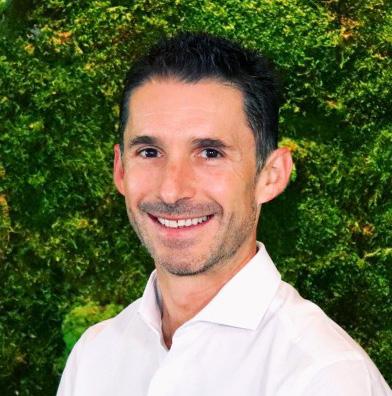
As Eduardo Azanza, CEO at Veridas, explains, with the rapid adoption of AI technology, ensuring that it is responsibly and ethically used by businesses is essential.
Highlighting this, earlier this year the World Ethical Data Foundation released a framework for developing AI products safely – hoping to tackle some of these challenges.
“For newer forms of AI to be successful in the long term, there needs to be trust from customers and the wider public,” commented Azanza. “Organisations looking to implement AI should strongly consider following the framework released by the World Ethical Data Foundation, or the ones released by NIST and the NCSC.
“AI technology should always be based on transparency and compliance, not only with legal and technical standards but also with the highest ethical values. As AI continues to see exponential growth, it is extremely important that organisations rigorously audit and document the risk analysis of their systems.
“Ensuring that technologies comply with stringent privacy standards and frameworks not only keeps the business itself secure but also gains the trust of customers, knowing that AI is used ethically and responsibly.”
Without human intervention, AI could be reinforcing some damaging societal bias. “People are biased – mostly in an unconscious way – so it is possible that, without a careful methodology, such biases are embedded in both the data and in any other developer’s decisions in building an AI system,” Francesca Rossi, IBM Fellow and AI Ethics Global Leader, told us earlier this year.

On this topic, in a fireside chat at this year’s Tech LIVE Virtual London, Nayur Khan, Partner at QuantumBlack, discussed a range of topics around ethical AI: from the biggest ethical challenges around AI and how they should be managed to the need for diversity when it comes to building AI.
“There is a lack of diversity in tech generally,” he said. “22% of tech roles across Europe are women. In the US, less than 5% of software developers are black. There’s a problem there.
“Yes, we can do advanced maths and yes, we can create these new checks
and guardrails. However, there is a lack of diversity. So if you’re building AI, the first question I’d ask is, are you building something that’s going to impact people’s lives?
“Do you have a team in place that is representative of the AI that you’re building that’s going to be used by individuals?
“Generally, we talk about this a lot. There is a lot of diverse talent out there and that has benefits from an economic point of view, but from an AI point of view what makes it even more important is that you’re bringing those different perspectives into the discussion.”

EDUARDO AZANZA CEO VERIDAS
“AI should always be based on transparency and compliance, not only with legal and technical standards but also with the highest ethical values”


 WRITTEN BY: SCOTT BIRCH
PRODUCED BY: STUART IRVING
WRITTEN BY: SCOTT BIRCH
PRODUCED BY: STUART IRVING
Mansour Al Blooshi, Head of Procurement at Abu Dhabi’s Mohamed bin Zayed University of Artificial Intelligence (MBZUAI), on delivering AI’s future talent
There are many routes to becoming a procurement leader, but Mansour Al Blooshi may have taken one of the more unusual career paths to the profession.
The world of procurement found Mansour almost by accident while he was working at Etihad Airways as a member of

the airline’s renowned cabin crew. Before that, he was a professional football referee in the UAE league.
“Being a referee taught me three valuable lessons that I bring to procurement,” says Mansour, now Head of Procurement at Mohamed bin Zayed University of Artificial Intelligence (MBZUAI).
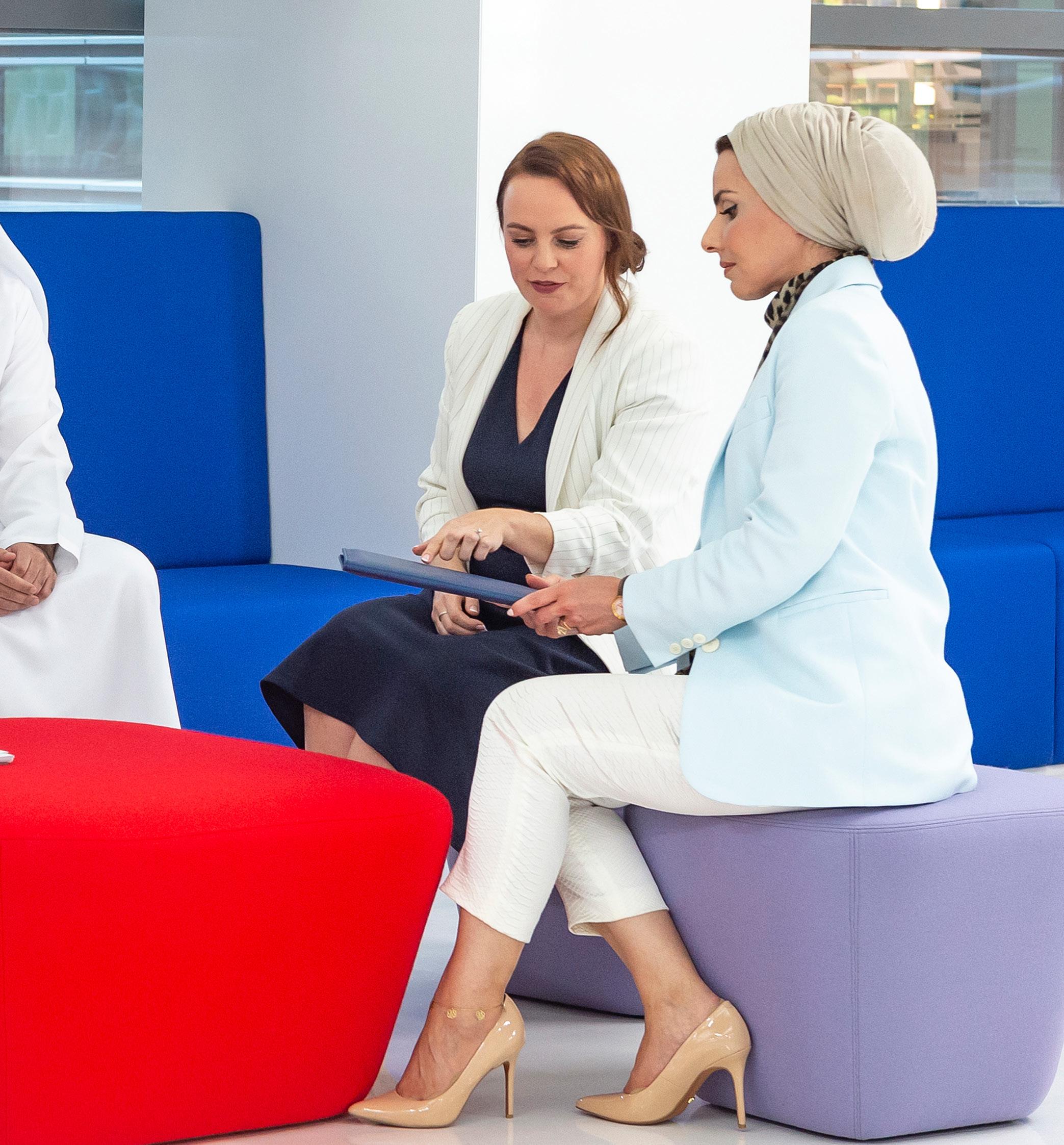
“Fairness, patience, and clear decisionmaking are crucial both on the football pitch and in procurement.
“No two days are the same in procurement. It is a routine job, but not a routine scenario.”
Few readers would argue with that statement, especially as the role of
procurement has evolved significantly in the decade that Mansour has been building his career and credentials. His rise has been even more impressive given he admits to never having heard the word ‘procurement’ until that chance discussion with an Etihad Airways’ manager.
Mansour explains that he learned quickly through hard work, following his mentor’s direction, and “never making the same mistake twice”.
He spent a couple of formative years in the Etihad Airways’ procurement team before moving to Masdar Institute (later merging with Khalifa University) in 2015 where he spent four years. He joined MBZUAI in 2020, commencing as Head of Procurement in August 2022.
Working at the world’s first graduate, research university dedicated to artificial intelligence (AI) presents its own unique challenges – not least because it was a startup pioneering high-level curriculum in computer science, computer vision, machine learning, natural language processing, and robotics.
Then there was the dreaded pandemic to contend with, too. But that did not
stop MBZUAI producing its first master’s graduates in December 2022 and again in June 2023. The Class of 2024 will see the university’s first Ph.D. students graduating.
MBZUAI was founded in 2019 and provides a purpose-built, high-tech, and eco-friendly campus. Currently, MBZUAI has 283 students from 41 countries. Its diversity makes it a unique and welcoming institution and benefits the work it undertakes.
From a procurement perspective, the task was even more significant given that MBZUAI funds every student via a full scholarship – covering course fees, accommodation, flights, and even providing a generous ‘stipend’ allowance.
“Being an AI university, our main suppliers are naturally in the IT field,” Mansour says.
“We started the IT infrastructure with Emircom, then we developed our High Performance Computing (HPC) data centre with Hewlett Packard Enterprise (HPE) and Alpha Data.”
Emircom and Alpha Data are both Abu Dhabi-based technology companies and Mansour says the university is keen to work with local, homegrown suppliers and partners where possible.
“Fairness, patience, and clear decision-making are crucial both on the football pitch and in procurement”
MANSOUR AL BLOOSHI HEAD OF PROCUREMENT, MBZUAI
MANSOUR AL BLOOSHI TITLE: HEAD OF PROCUREMENT COMPANY: MBZUAI
Mohamed bin Zayed University of Artificial Intelligence (MBZUAI) was established in 2019 as an open invitation to the world. Against a backdrop of global artificial intelligence (AI) talent shortages, the university is providing a worldleading pipeline of AI specialists to support the UAE’s innovation trajectory.

MBZUAI is supporting the UAE to find solutions to the world’s most pressing challenges with transformative research in areas such as healthcare, education, and climate.
According to CSRankings –MBZUAI ranks in the top 20 globally in AI, computer vision, machine learning, and natural language processing, ahead of many respected peer institutions.



However, there is also a greater focus on sustainability when it comes to commercial evaluation of suppliers.
“Sustainability is one of the major goals we are trying to achieve within the Abu Dhabi Government, not only the university,” Mansour says.
“This is a long-term goal, but today if I make even a small change then in 10 years that might make a difference, and we may reach our 2050 goal.”
One of the first sustainability initiatives instigated by Mansour was the removal of plastic water bottles. He then set about creating a sustainability policy for
procurement, setting out what suppliers need to do to meet MBZUAI’s requirements.
“We made sustainability worth between five and 10 marks for our evaluation of suppliers, so that’s around 20 percent of the commercial evaluation,” Mansour explains.
“From IT to kitchen supplies, we look for products that are recyclable, sustainable, and do not impact the environment. We need to make sure that God-given resources are protected.”
Less than 12 months old when Mansour started at MBZUAI, he soon discovered the procurement team was processing by hand because they were ‘between’ digital systems.
More than 50 faculty members have been appointed to date; 56 percent of whom come to Abu Dhabi from the world’s top 100 AI institutions
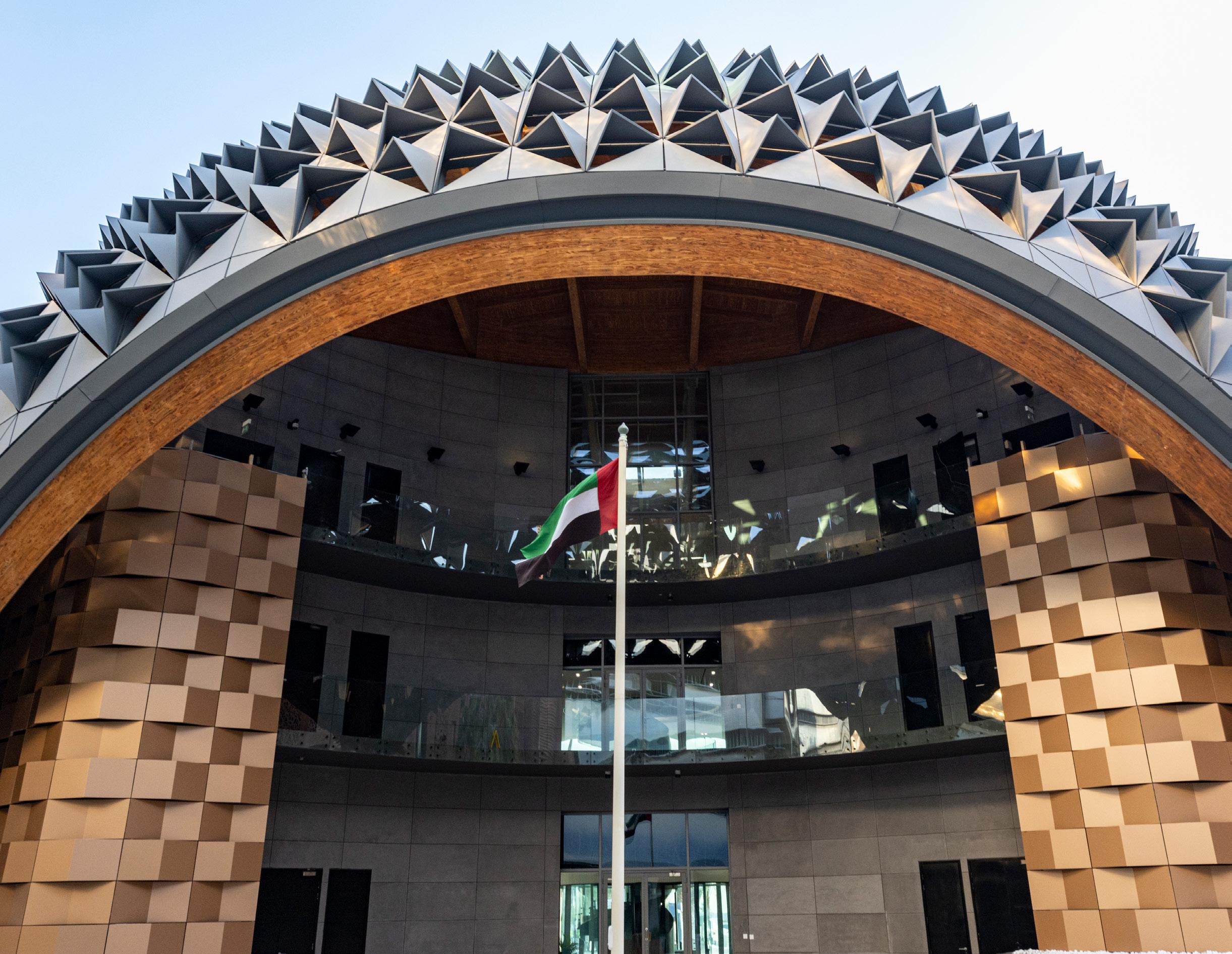

Mansour admits that the system does have some challenges, and he works around that by creating some bespoke systems and processes to make sure he stays on top of closing open POs especially, so that they do not have a negative impact on his annual budget.
Of course, challenges are all part of the fun when it comes to procurement, and this variety is what appeals to Mansour.

“No two days are the same in procurement,” he states. “It is a routine job, but not a routine scenario. Educating people about procurement, helping them understand procurement, makes me feel good.”
That is a good thing, as Mansour’s team is expanding and becoming
MANSOUR AL BLOOSHI HEAD OF PROCUREMENT, MBZUAI
“Sustainability is one of the major goals we are trying to achieve within the Abu Dhabi Government, not only the university”
more specialised. The procurement department continues to go from strength to strength with its procurement strategy in place. They are supported in simultaneously handling contracts, vendor
management and quality assurance. Mansour adds that it has taken a lot of effort and resources, but those investments will pay dividends as the procurement team delivers greater efficiencies.
As well as providing master’s and Ph.D. degrees for the brightest computer science minds, MBZUAI also runs regular executive and professional training programs for leaders in both government and the private sector.
These courses provide leaders and managers with knowledge about AI and

“No two days are the same in procurement. It is a routine job, but not a routine scenario”
MANSOUR AL BLOOSHI HEAD OF PROCUREMENT, MBZUAI
how it can be best used to positively impact business and society. The university’s oneof-a-kind Executive Program (MEP) has successfully trained three cohorts consisting of more than 120 UAE leaders in AI so they can begin implementation in their home organisations. Through their exposure to elite, global AI researchers and heads of industry, private and public sector leaders in the UAE are growing into a powerful AI ecosystem — an essential ingredient for long-term success with the technology.
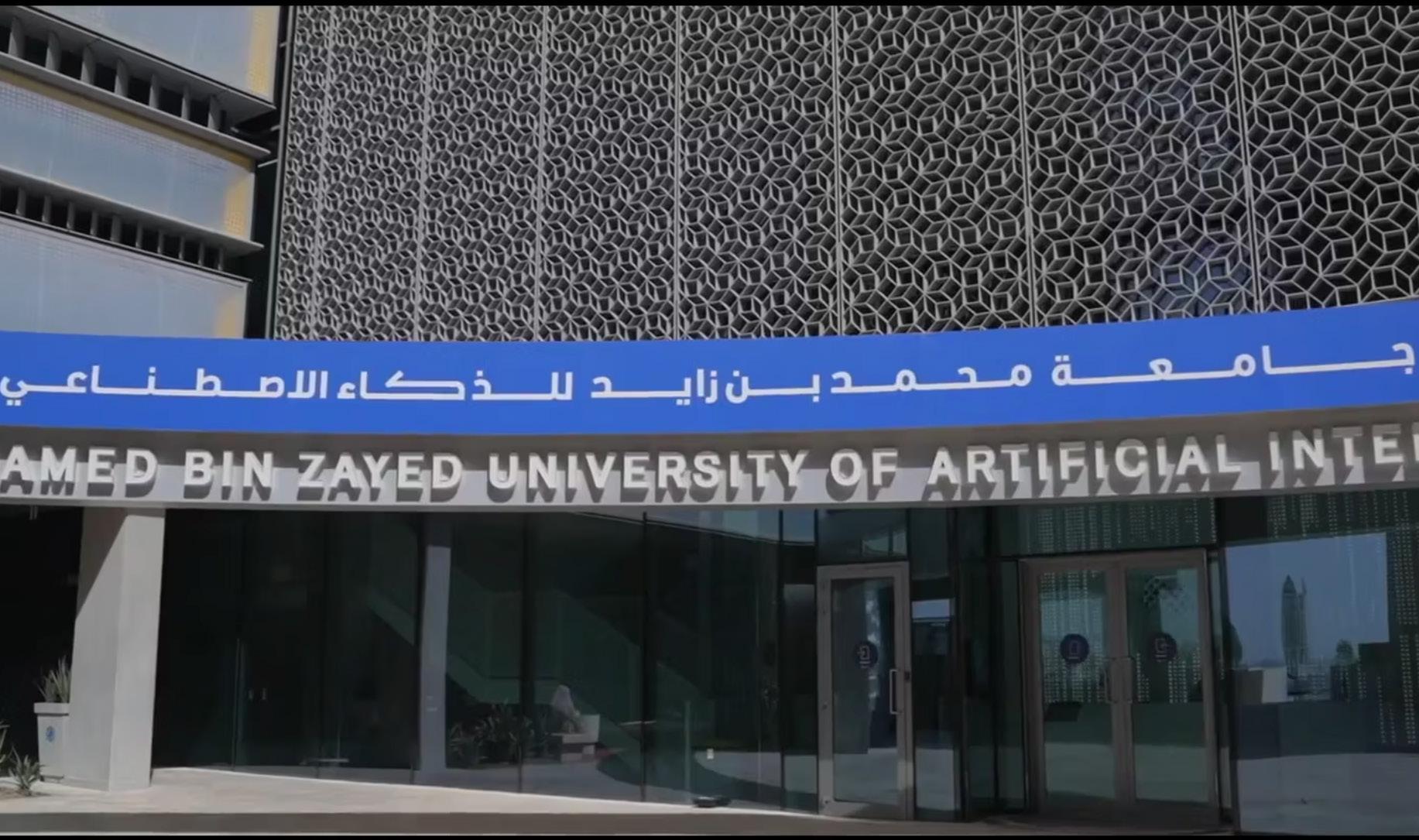
MBZUAI believes that leadership’s buy-in towards implementing AI is a critical factor to successful digital transformation

and adoption in industries across the UAE and the world.
Mansour is excited to be working for one of the global leaders in AI and believes the institution’s future is bright.
“We have all the resources when it comes to talent. We have brilliant ideas,” he says proudly.
“I believe that the UAE can be central to the future of AI both in the region and the world. MBZUAI is the paradise of AI.”



The dramatic growth of AI, and the technology’s near overnight adoption by millions of users, comes with its own consequences. Today, the uptake in AI adoption is putting pressure on the data centre market to stay ahead of demand by planning for multiple potential scenarios around performance expectations, government regulation, and the future shape of the AI industry.
According to a report by EY, AI-driven applications – including their underlying compute and storage requirements – are positioned to drive the next phase of data centre industry growth.
“Building on previous paradigm-shifting technologies such as mobile and cloud, AI represents the next era of potential demand growth and disruption for the data centre industry,” its report authors say. “Already, some companies are looking to reconfigure their data centres to account for the additional computing power – and related energy consumption and cooling designs – that AI requires. All data centre industry participants, however, need to be proactive in approaching this trend, building strategies to address the shifting landscape and staying ahead of future requirement evolutions.”
This trend is echoed by JLL’s new Global Data Center Outlook, which suggests the mass adoption of cloud computing and AI is driving exponential growth for the data centre industry.

AI represents the next era of potential growth and disruption, causing the entire data centre to adapt and innovate to meet demand


educators. Empowering students. Explore how we accelerate student discovery, learning and innovation with our Digital Education 3D Experience.

“After the pandemic removed the four walls of the workplace, our new world of hybrid work has created an unprecedented need for digital technology. Employees are looking to their companies to create a seamless experience wherever they choose to work, requiring intelligent technology solutions to bridge the gap between the physical and the digital,” said Andy Cvengros, Managing Director at JLL.
“As this reliance on digital technology increases, the data centre industry is experiencing impressive growth and catching the eyes of investors and lenders as a strong, alternative asset class that has been relatively unimpacted by continued economic uncertainty.”

The gold rush of AI today is driving growth even further. Following the rapid development of AI tools like ChatGPT, the potential of generative AI to transform industries in 2023 is expected to accelerate demand for computing power in data centres. And with AI offering increased data usage and computing efficiency benefits, half of all cloud data centres are expected to use AI by 2025.

“BEFORE THE FRENZY AROUND GENERATIVE AI, THE DATA CENTRE INDUSTRY WAS ALREADY UNDER DEMAND”
RAUL MARTYNEK CEO, DATABANK
With the spike in interest around generative AI, a lot of attention has been paid to the high demand and short supply of advanced graphics chips (GPU) – but data centre capacity is rapidly becoming an even bigger issue, comments data centre solutions provider DataBank’s CEO, Raul Martynek.
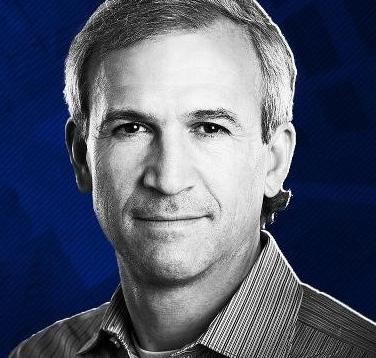


“Even if advanced GPUs can be obtained, there needs to be a data centre with spare power, cooling and network capacity to put them,” he said.
“Before the frenzy around generative AI, the data centre industry was already under demand pressure from ongoing enterprise digitisation and cloud demand, with little extra capacity. Now, AI developers are racing to snatch up GPUs and high-performance computing (HPC) racks putting additional stress on an already limited resource.”

Because of the high costs and time to deploy, data centres are typically built in a just-in-time delivery model based on forecasted demand. However since the rapid increase in interest in AI deployment was a relatively recent phenomenon, Martynek explains that most data centre operators have not factored it into their forecasts.
“This is in addition to the power constraints posed by the transition to electric energy and the already significant absorption of data centre capacity and power in a number of core markets,” he describes. “Generative AI demands as much as five times the power of traditional workloads, and the current grid is ill-equipped to handle it. To make matters worse, more frequent heat waves like the one we are seeing globally will further strain existing power infrastructure.
“Without adequate data centre infrastructure to support the HPC hardware required to train and operate AI models, AI adoption could be slowed.”





 RAUL MARTYNEK CEO, DATABANK
RAUL MARTYNEK CEO, DATABANK
As Martynek explains, with AI adoption still in its early stages, it is hard to predict how things will evolve. “There is no question in my mind that the power of AI has been recognised and that we will see a significant amount of investment in a wide range of AI applications for a wide range of use cases,” he says.
“The next few years will be about fleshing out these use cases and putting them into production. The fundamental role of data centres will not change – as the foundation for technology adoption – but I think we will see more and more data centres built to accommodate the higher power and cooling requirements of GPU infrastructure.”
With data centre demand outstripping supply, the industry as a whole will need to change. “Right now, data centre demand is outstripping supply and I think that will remain that way for several years since average development timelines for new large-scale data centre supply take up to 48 months.”

Research suggests Quantum AI could be one of the four fundamental capabilities that differentiates quantum machines from today’s classical computers
WRITTEN BY: MARCUS LAWPromising to take computing to a new level, quantum machines represent a new approach that could offer a number of real-world benefits from the automotive to the pharmaceutical industries.
Quantum computing is a rapidly emerging technology that harnesses the laws of quantum mechanics to solve problems that today’s most powerful supercomputers cannot practically solve.
Capable of solving problems up to 100 million times faster than traditional computers, quantum computing has the potential to comprehensively speed up processes on a monumental scale. Quantum computers use qubits, which can be 1 and 0 simultaneously, allowing these machines to handle much more complex problems.

“Quantum, in terms of importance to business, society and the EY organisation, is akin to what AI represented years ago,”


said Andy Baldwin, EY Global Managing Partner – Client Service, this year in an announcement of a quantum strategic alliance with IBM.
Achieving this is likely to take some time: McKinsey estimates that by 2030, only about 5,000 quantum computers will be operational. But when the technology does arrive, McKinsey suggests Quantum AI could be one of the four fundamental capabilities that differentiates quantum machines from today’s classical computers.

“Quantum computers have the potential to work with better algorithms that could transform machine learning across industries as diverse as pharmaceuticals and automotive,” it says.
In the pharmaceutical industry, McKinsey says, quantum computing has the potential to revolutionise the research and development of molecular structures in the biopharmaceutical industry. With quantum technologies, research and development for drugs will become less reliant on trial and error, and therefore more efficient.
Already, steps have been taken to explore these possibilities. Boehringer Ingelheim entered into a partnership with Google Quantum AI for quantum computing in early 2021, with the agreement focusing on researching and implementing cuttingedge use cases for quantum computing in pharmaceutical R&D, specifically including molecular dynamics simulations.
TITLE: DISTINGUISHED ENGINEER
COMPANY: IBM
LOCATION: UNITED KINGDOM
An IBM Distinguished Engineer and Fellow of the Royal Academy of Engineering (FREng CEng FIET) specialising in Hybrid Cloud Solutions and Quantum Computing, Hopkins is also the 19th President of IBM’s Academy of Technology.

And earlier this year, biotech company Moderna and IBM announced they would explore next-generation technologies such as quantum computing and AI to advance and accelerate mRNA research and science.
As part of the deal, the two companies said Moderna scientists would learn how quantum technology could be applied to previously intractable problems for classical computers, with an announcement saying the companies would explore the potential application of quantum approaches to Moderna’s scientific challenges.

“IBM’s purpose is to be the catalyst to make the world work better, perfectly exemplified by this partnership with Moderna. We are witnessing a revolution in the world of computing, driven by extraordinary advances in AI and quantum computing,” said Dr Darío Gil, Senior Vice President, and Director of IBM Research.
Quantum computers boosting the performance of machine learning Research has shown that quantum computers have the potential to boost the performance of machine learning (ML) systems, and may eventually power

efforts in fields spanning everything from drug discovery to fraud detection.
Most people will have been inconvenienced at some point by a payment being refused, or may perhaps
ANDY BALDWIN GLOBAL MANAGING PARTNER – CLIENT SERVICE, EY
“Quantum is akin to what AI represented years ago”

have fallen victim to a fraudulent transaction. Algorithms used in the payment card industry mean this is, fortunately, a rare occurrence. But, as Richard Hopkins – Distinguished Engineer at IBM and Fellow of the Royal Academy of Engineering – explained to Technology Magazine earlier this year, even small improvements to those algorithms will have a sizable impact, with evidence already demonstrating that quantum computers can help to resolve these common problems.
“We’ve recently published a paper where we took information about real debit and credit card details and

transactions, and passed them through a quantum algorithm and two conventional algorithms,” Hopkins says.
“Even with today’s quantum hardware, provided we let the quantum computer select the parameters to predict the fraud, then we would get the same level of accuracy out of an intermediate-scale quantum computer,” he explains. “That, in itself, is not bad going, but it doesn’t get you to that quantum advantage.”
However, as Hopkins describes, the quantum algorithm was able to make qualitatively different judgements and, as a result, come to different conclusions.

“When we look at these results more closely, we found that, first of all, the quantum algorithm chose different parameters,” he says. “And then, when we looked at the results again, we saw that it was making qualitatively different judgments. The accuracy was the same, but it was making a judgement on different elements and coming to different conclusions in many cases.”
As Hopkins describes, these hybrid applications will have a number of use cases, particularly in the world of ML.
“I think what you’re going to see, especially in the ML space, is that these hybrid algorithms will emerge fairly early on, where you are combining the power of an existing algorithm that can run at high speed with a quantum algorithm, which will run slower, but will actually take a qualitative different decision, using a completely different algorithm than the other one,” he predicts.
“In the commercial space, you’ll see these hybrid algorithms begin to dominate, where you’re using both together to come up with something that’s better than we could do today on a classical computer or even on a supercomputer.”

“In the ML space, hybrid algrithms will emerge fairly early on, where you combine the power of an existing algorithm with a quantum algorithm”
THE TOP 100 COMPANIES IN SUSTAINABILITY READ NOW






